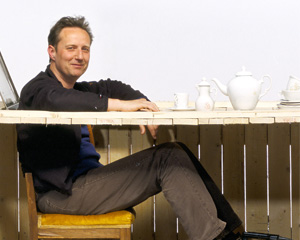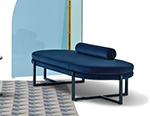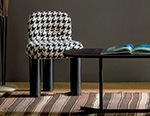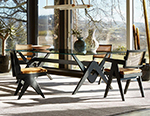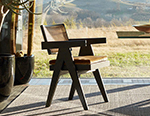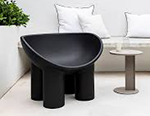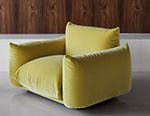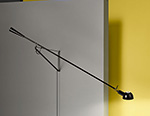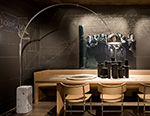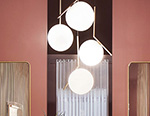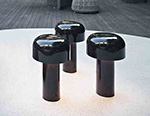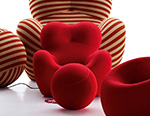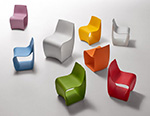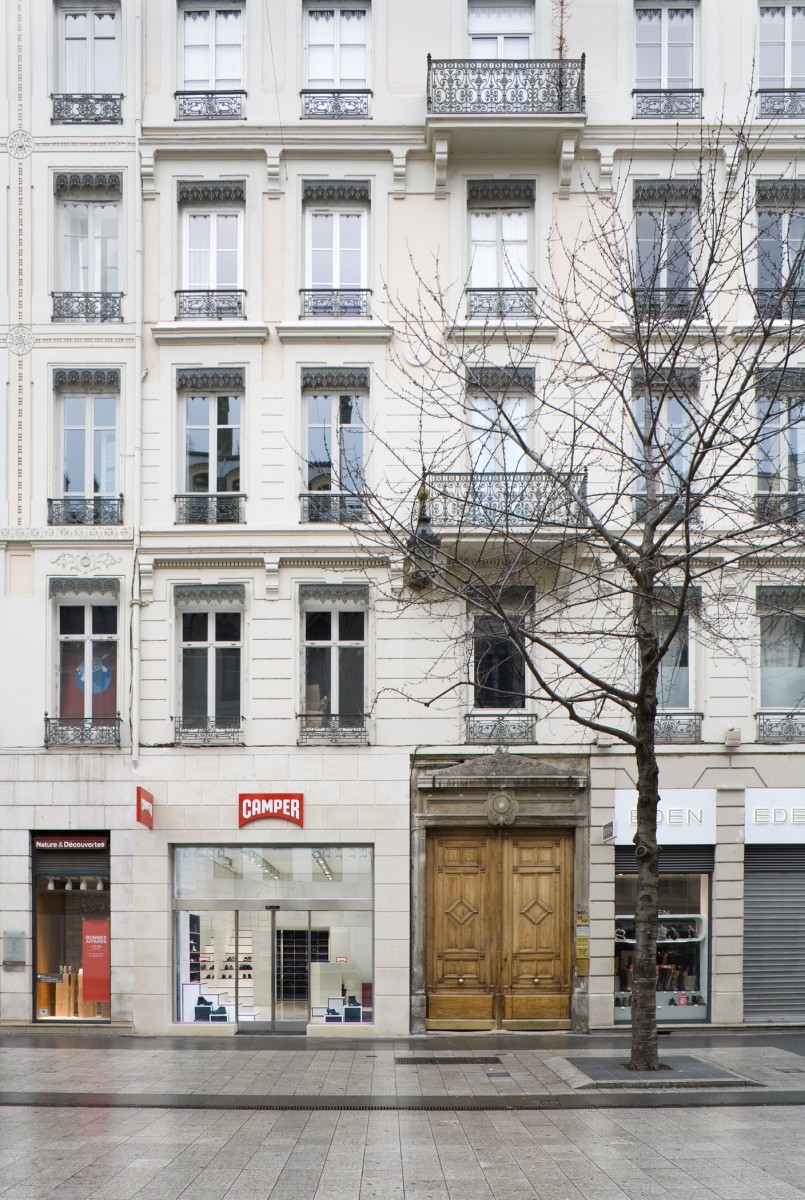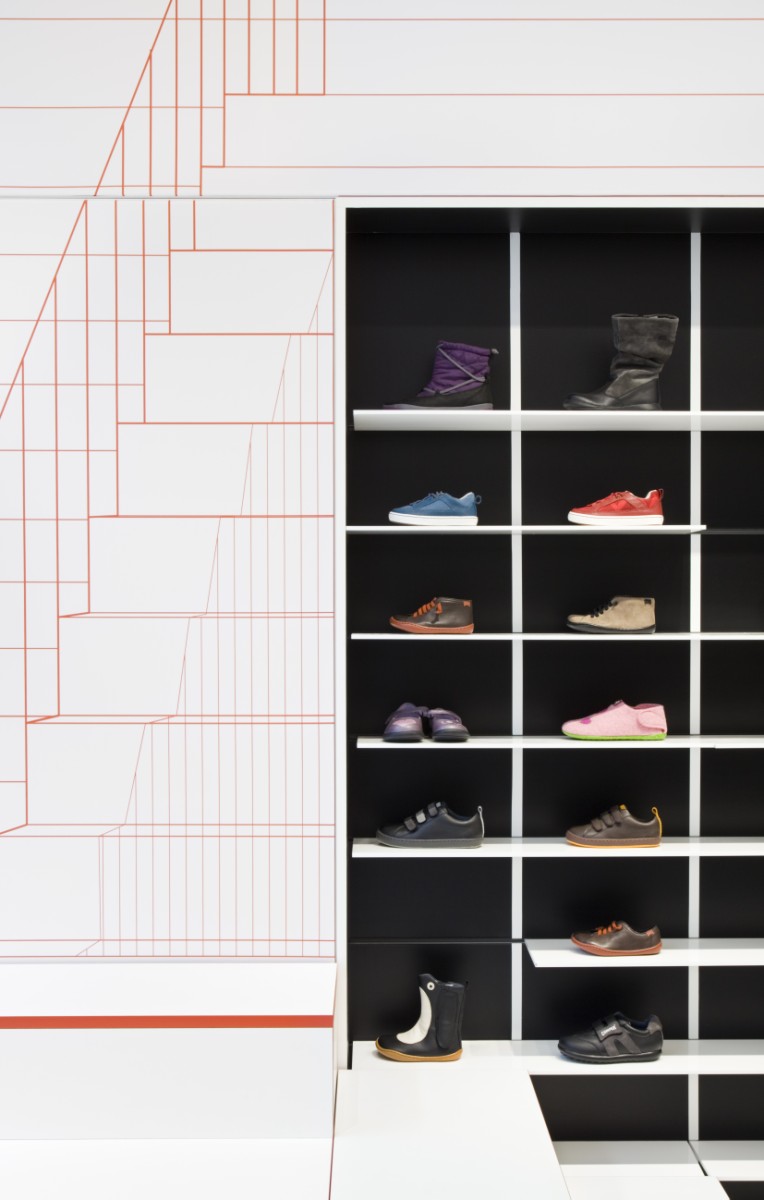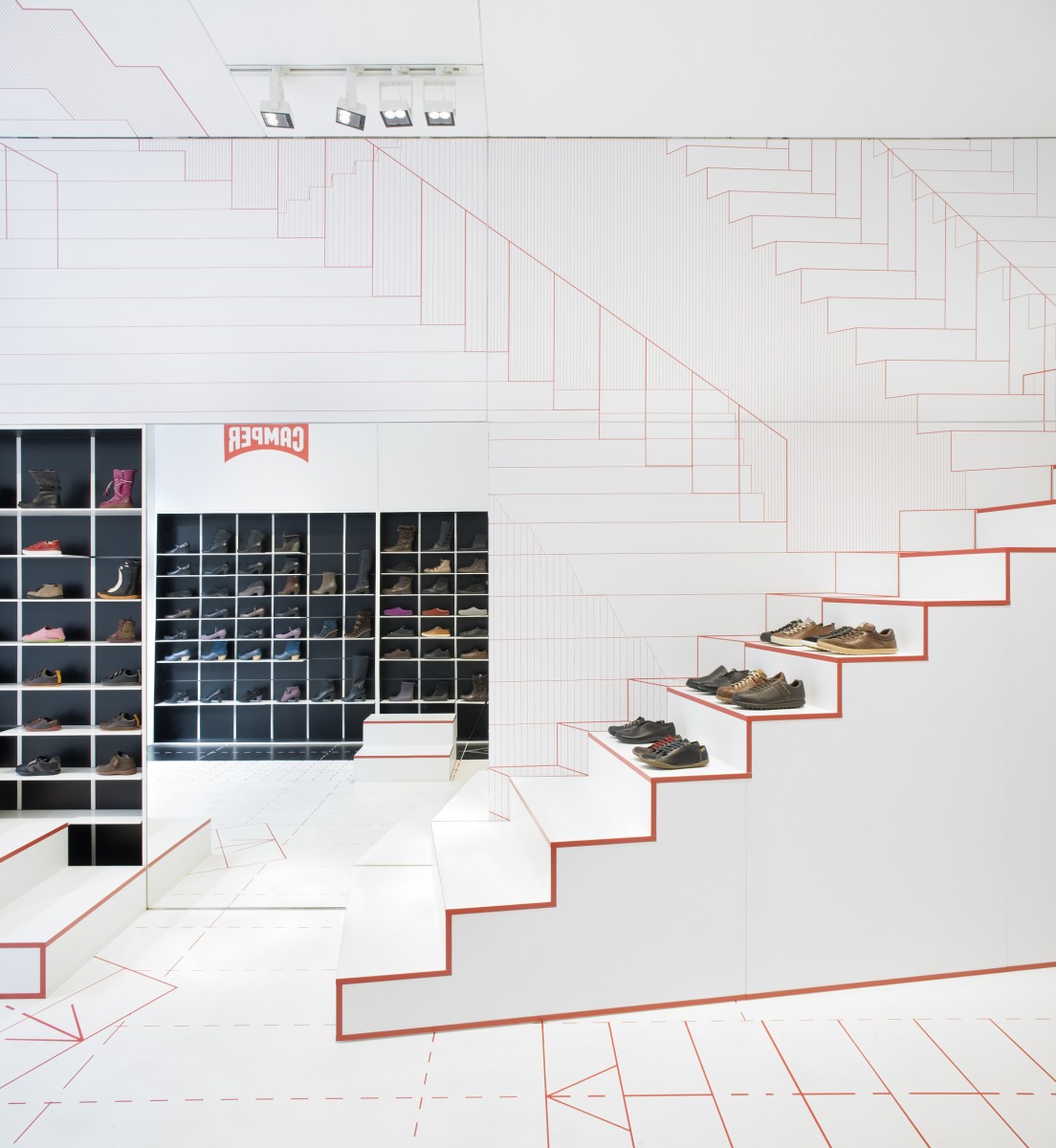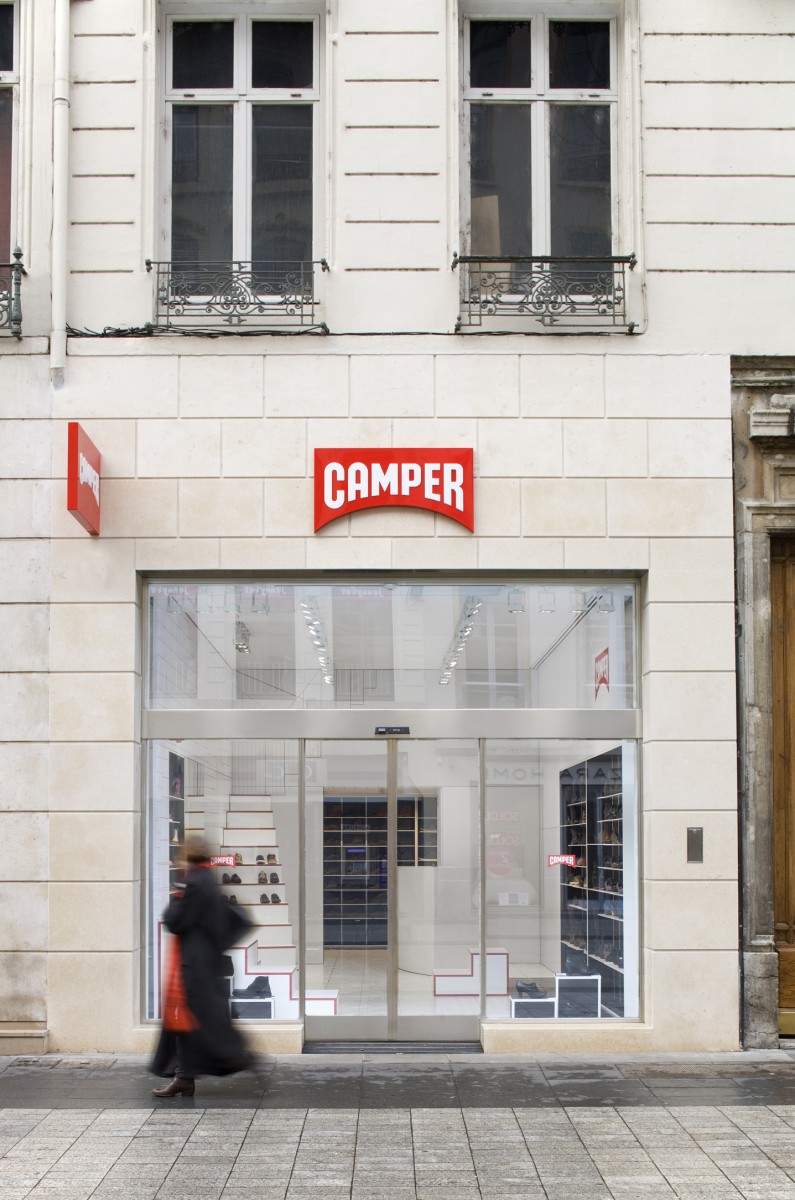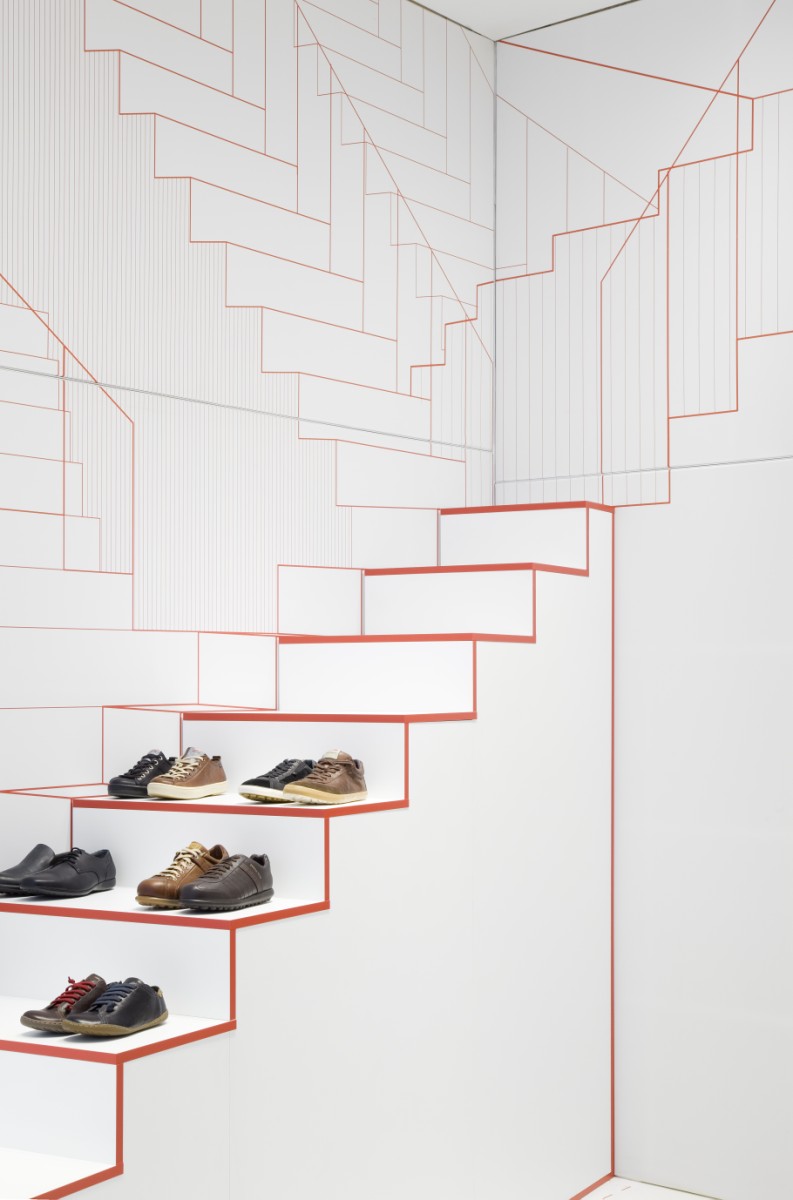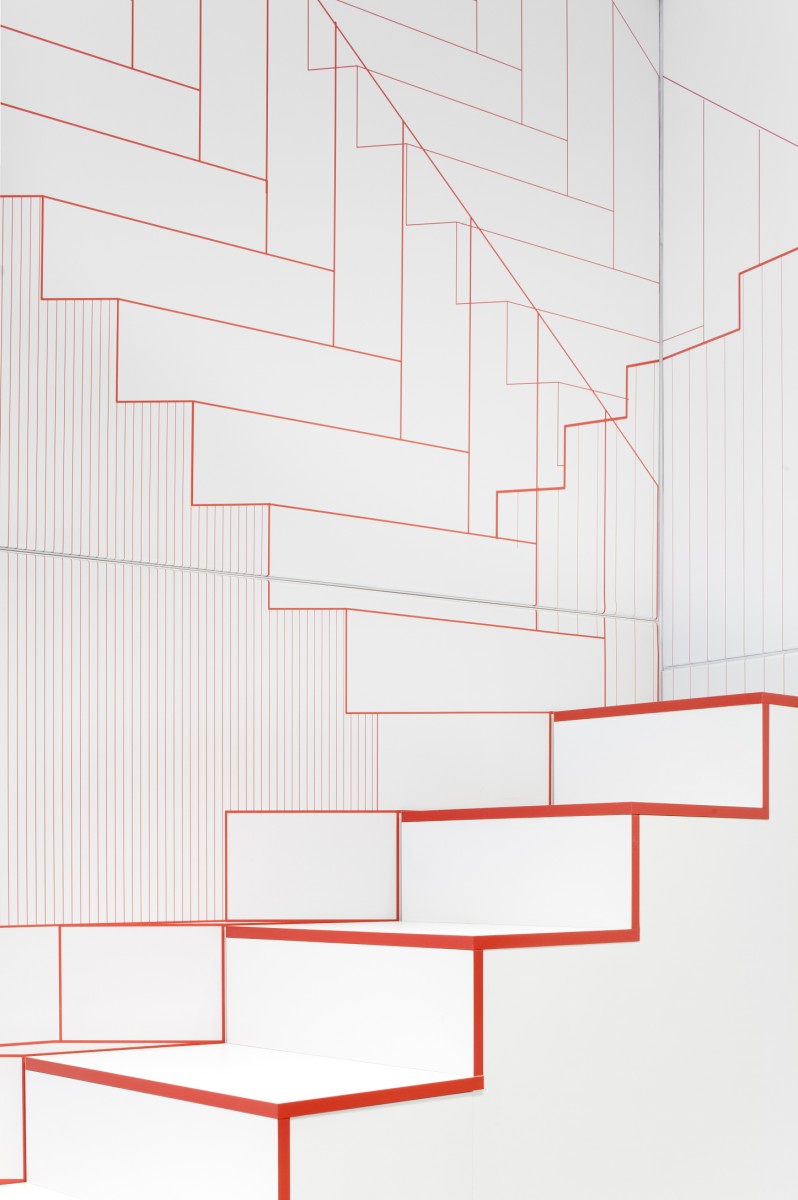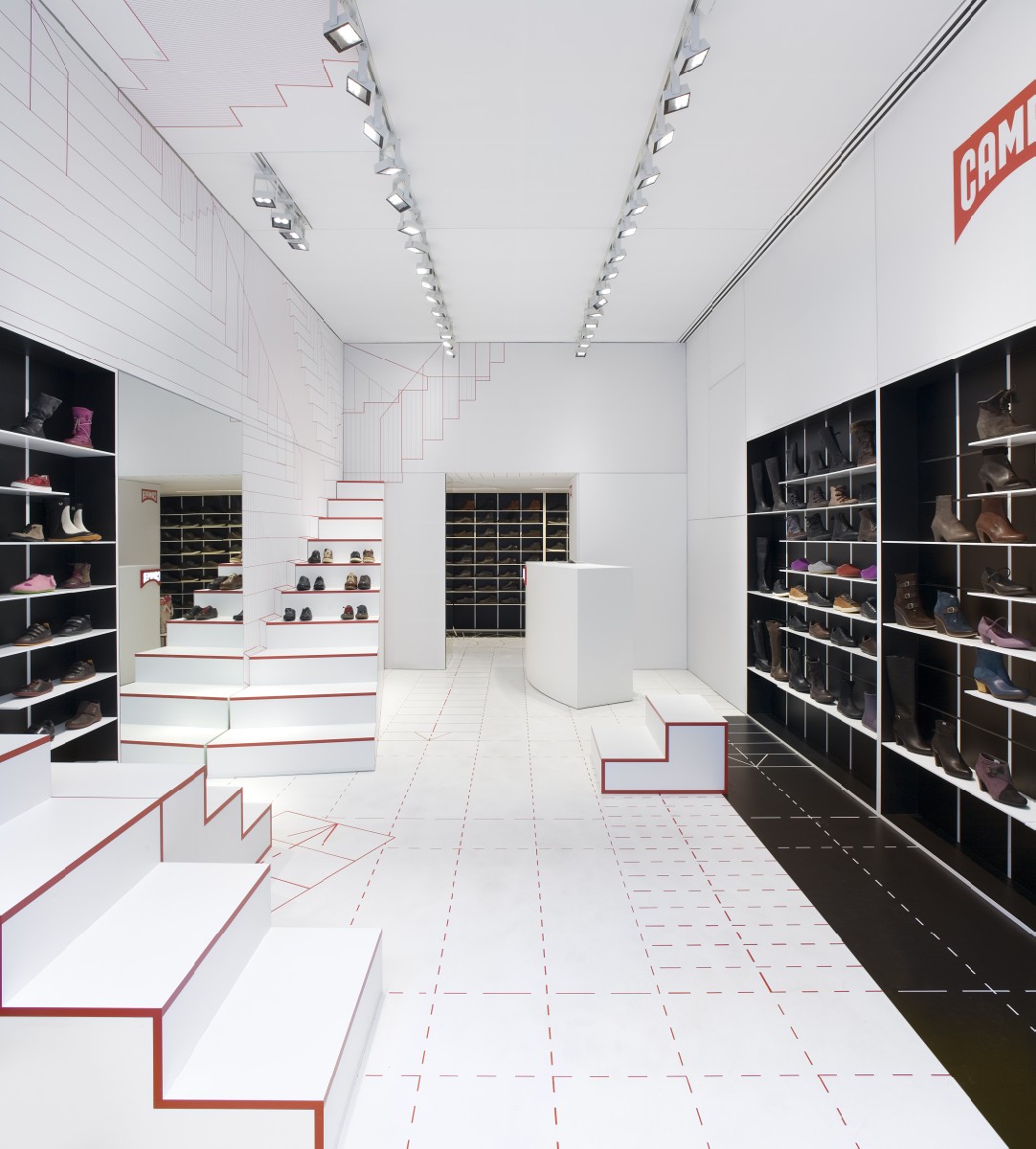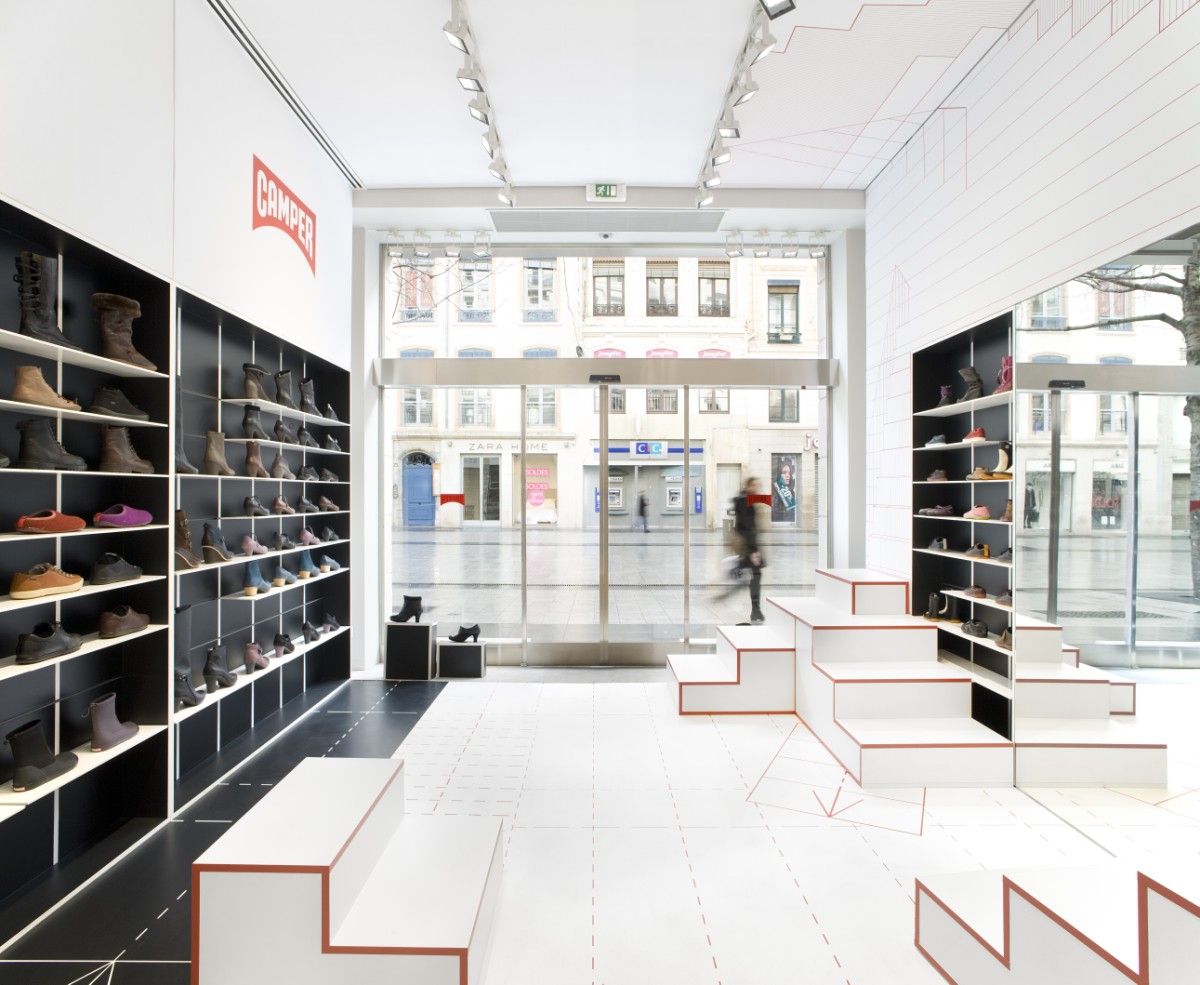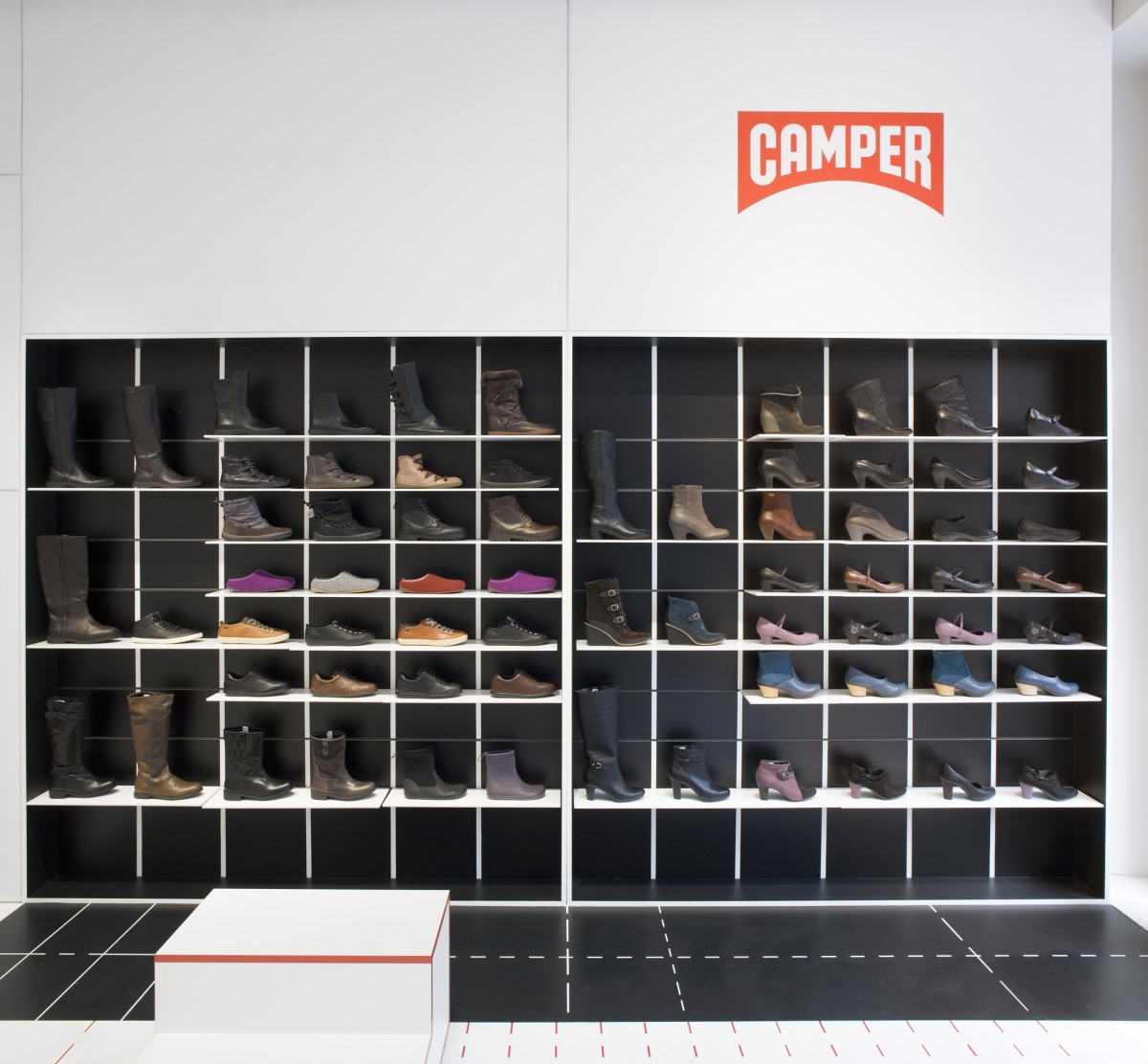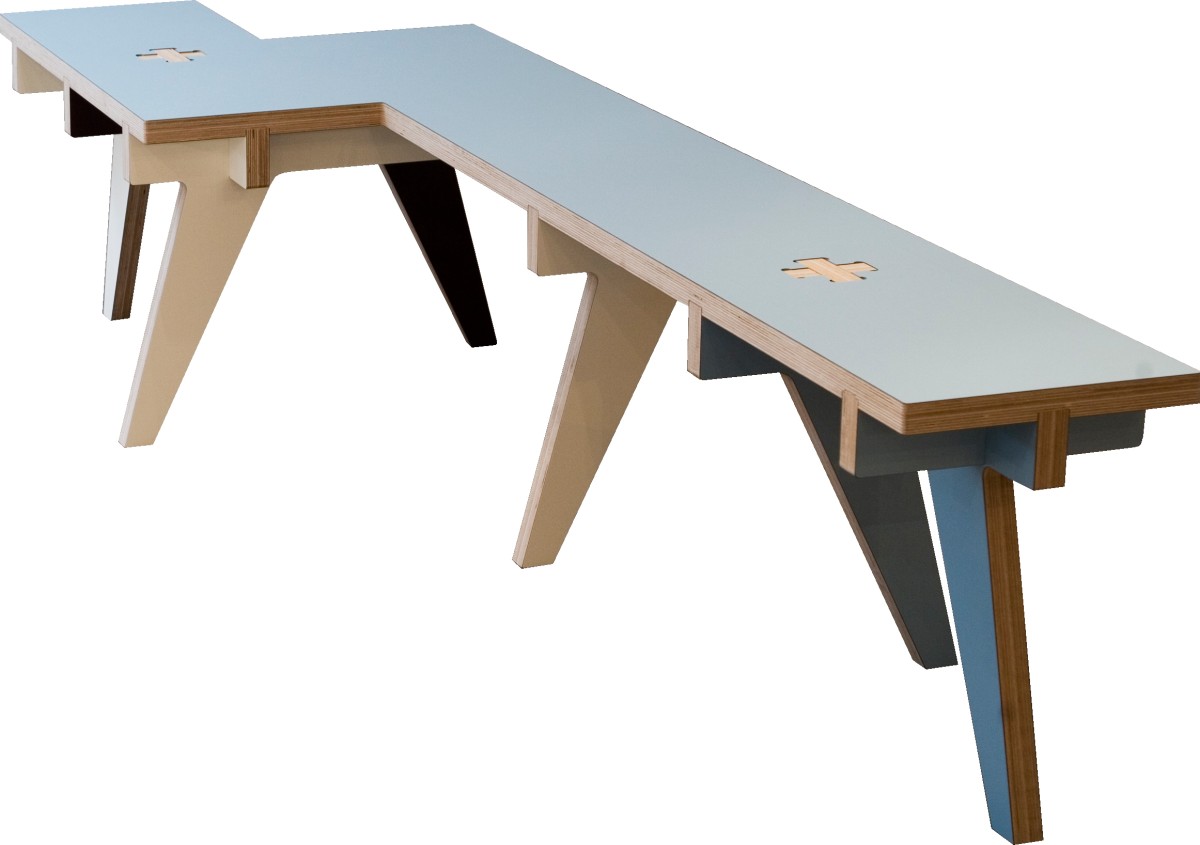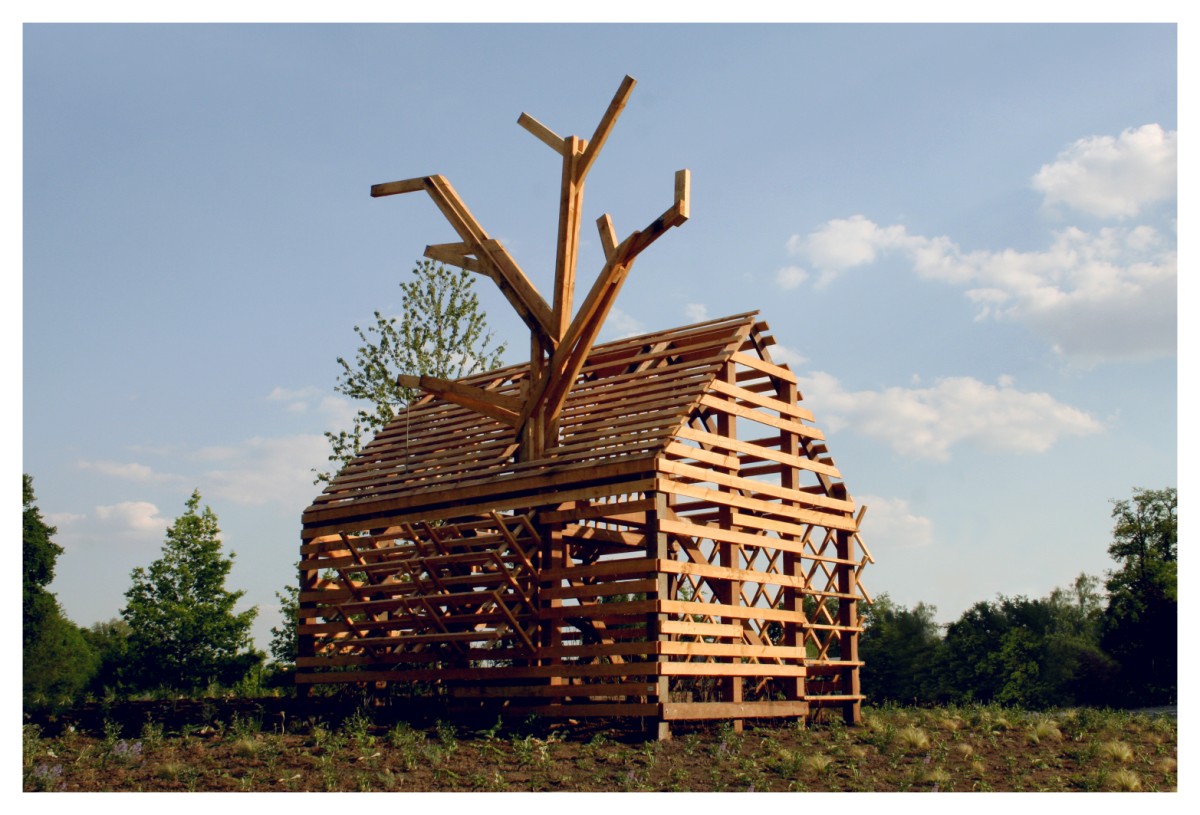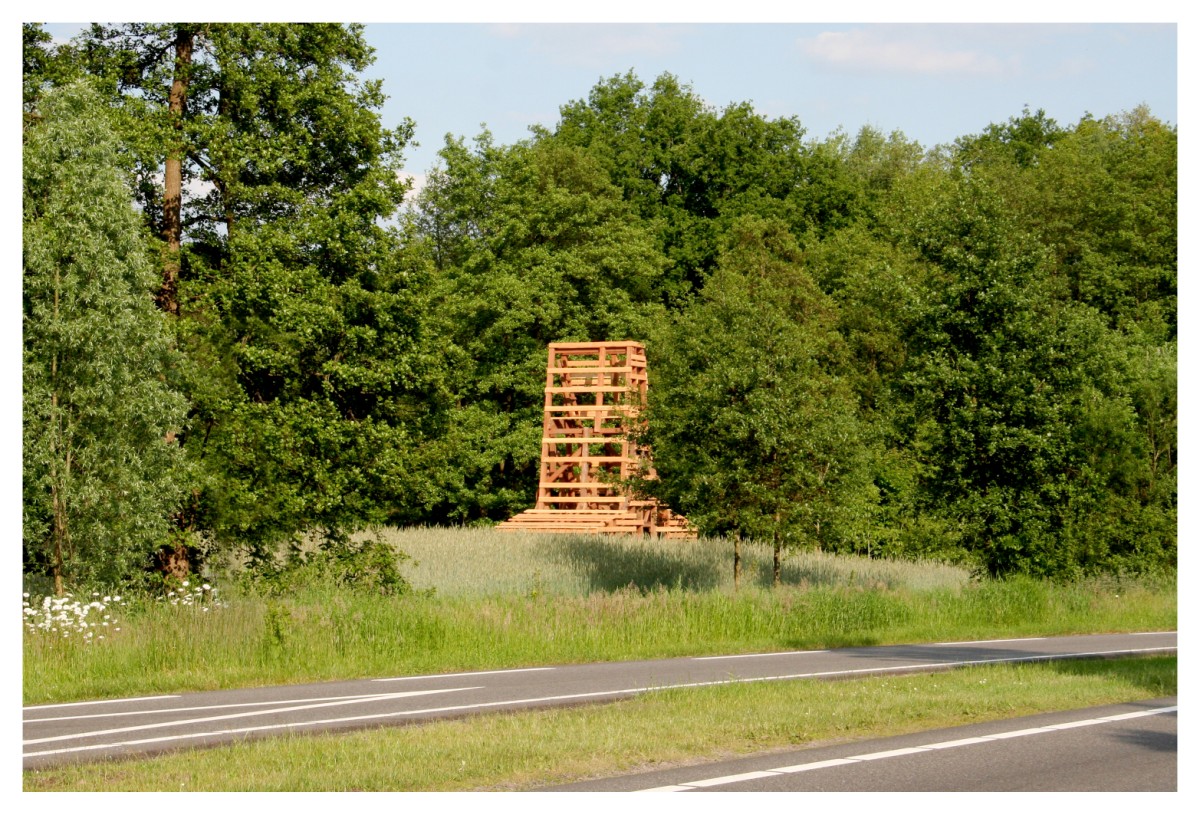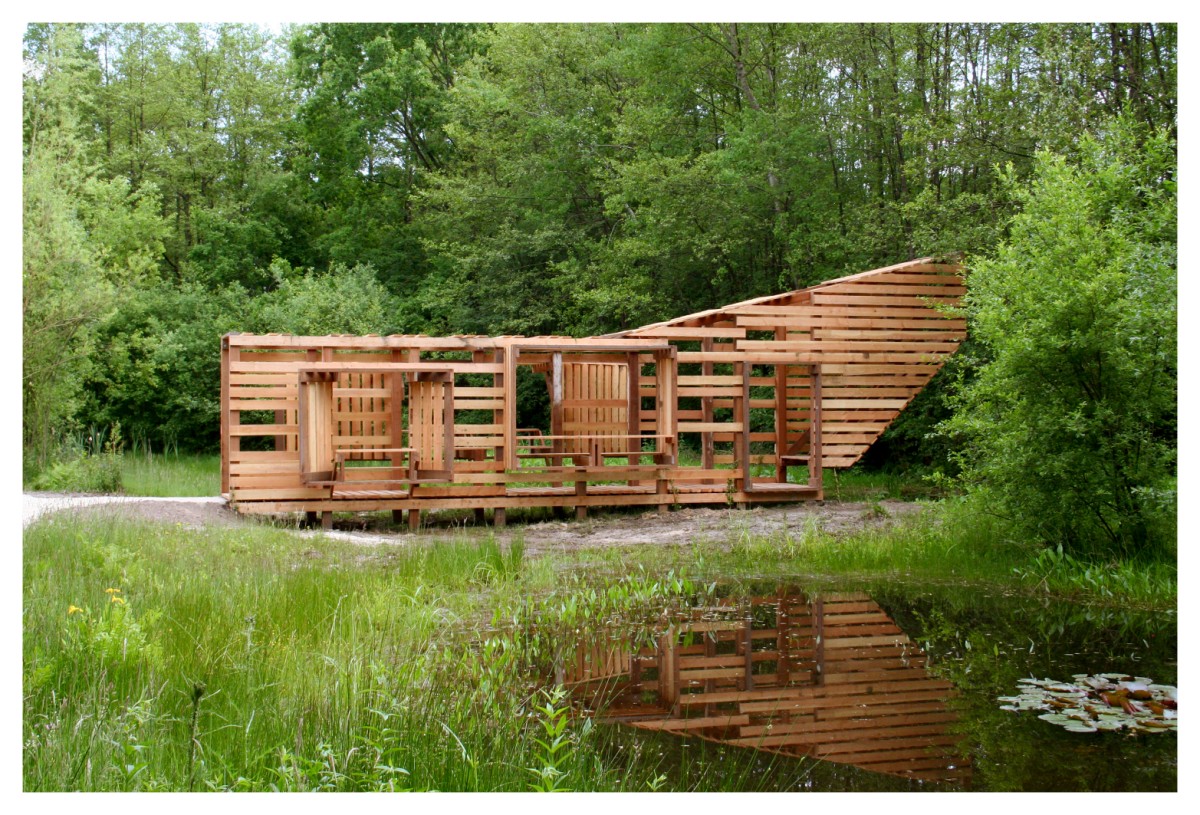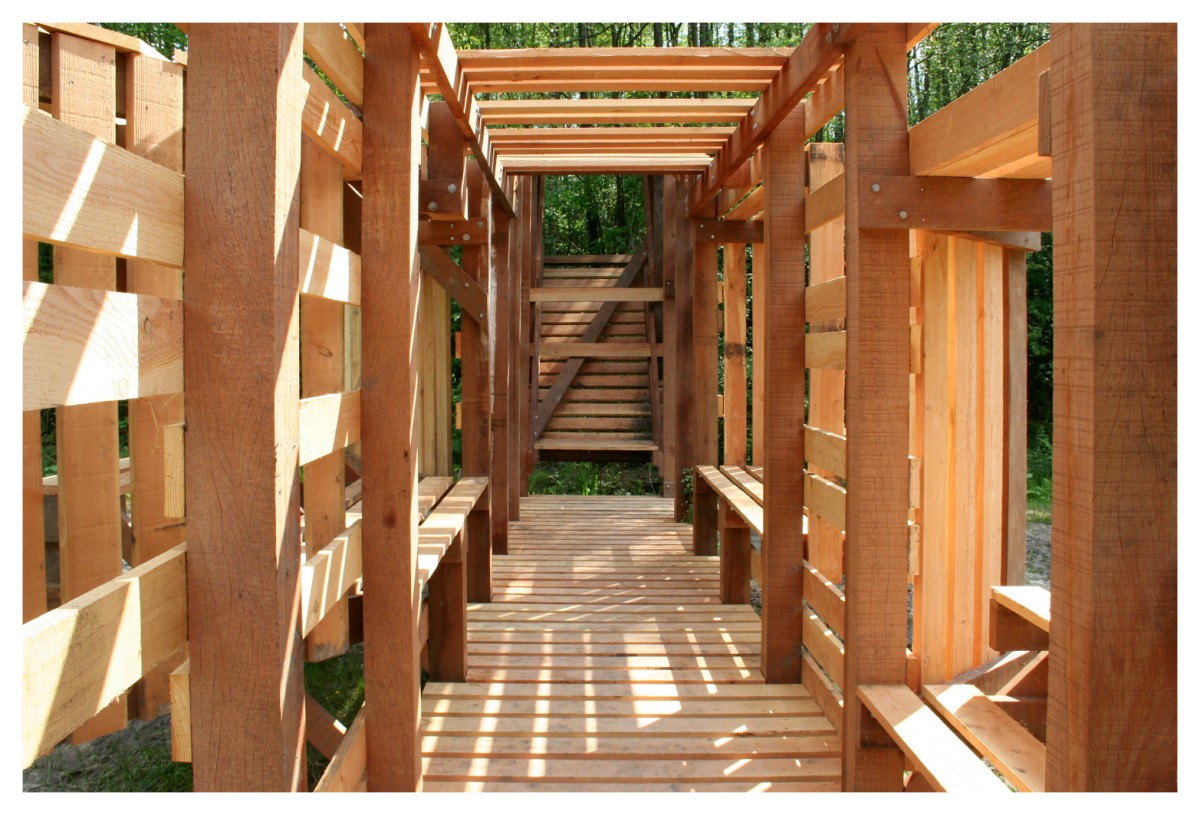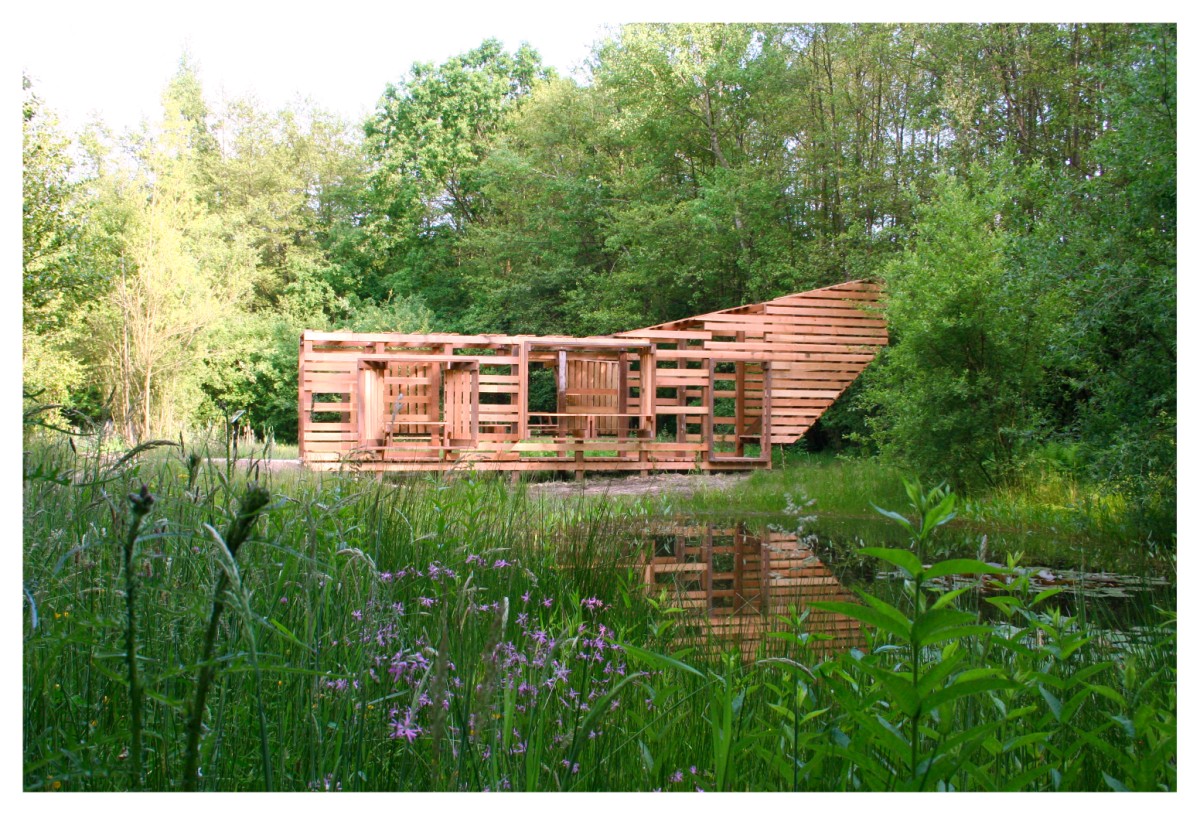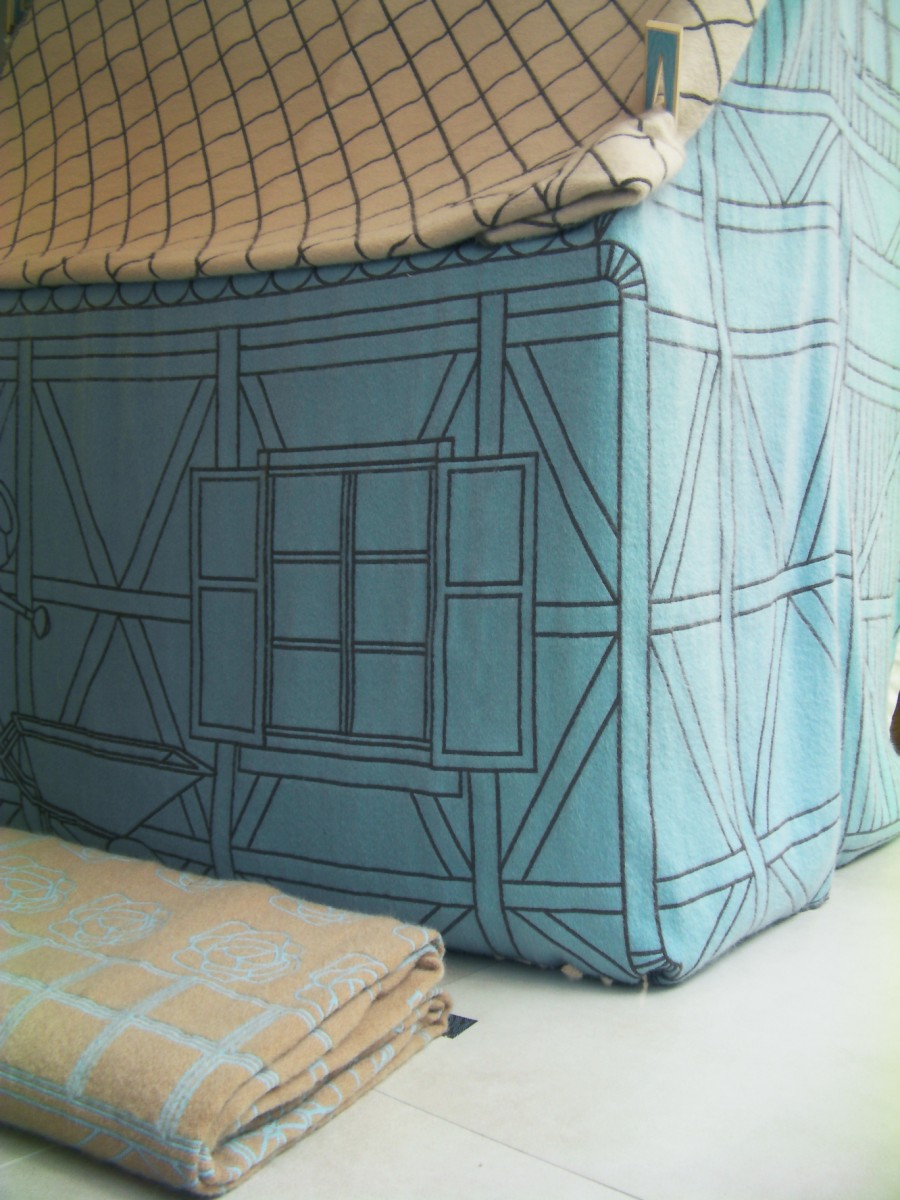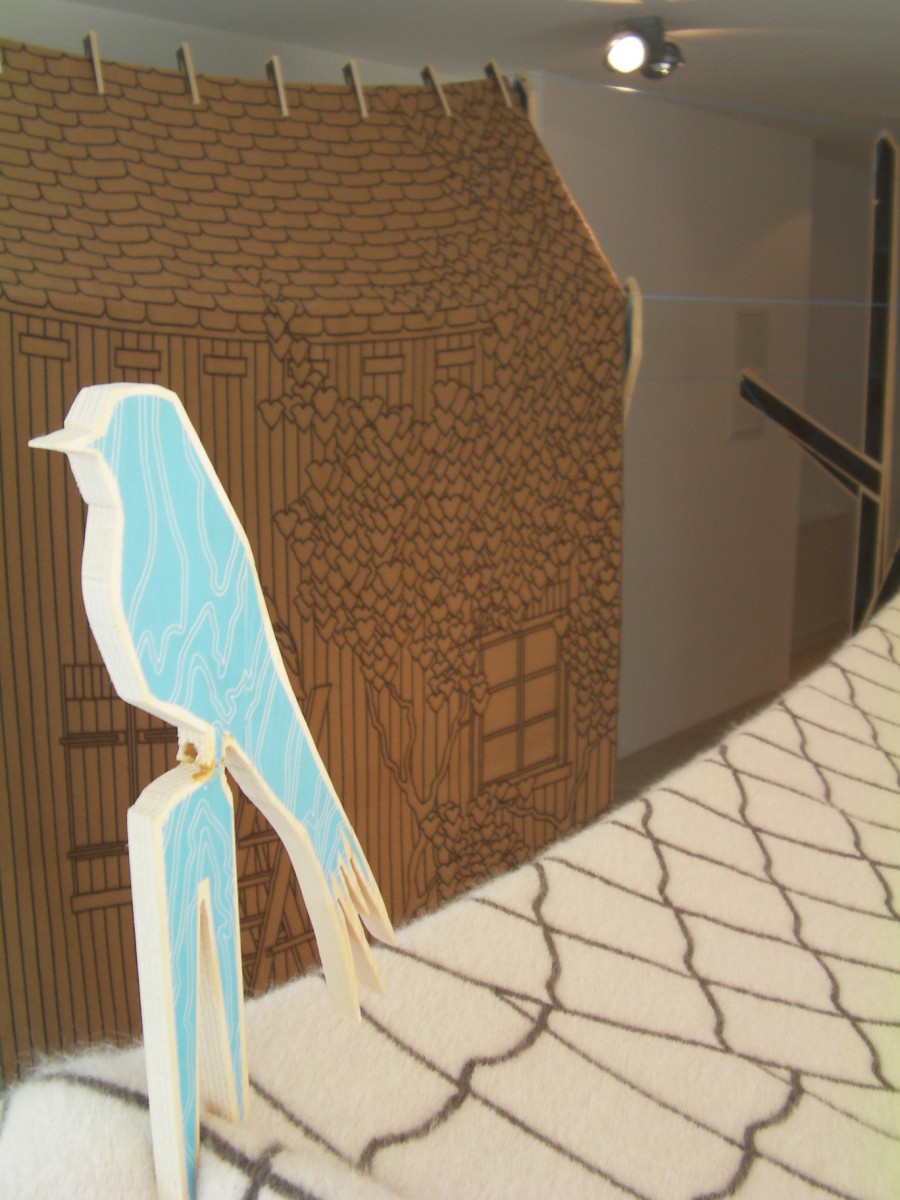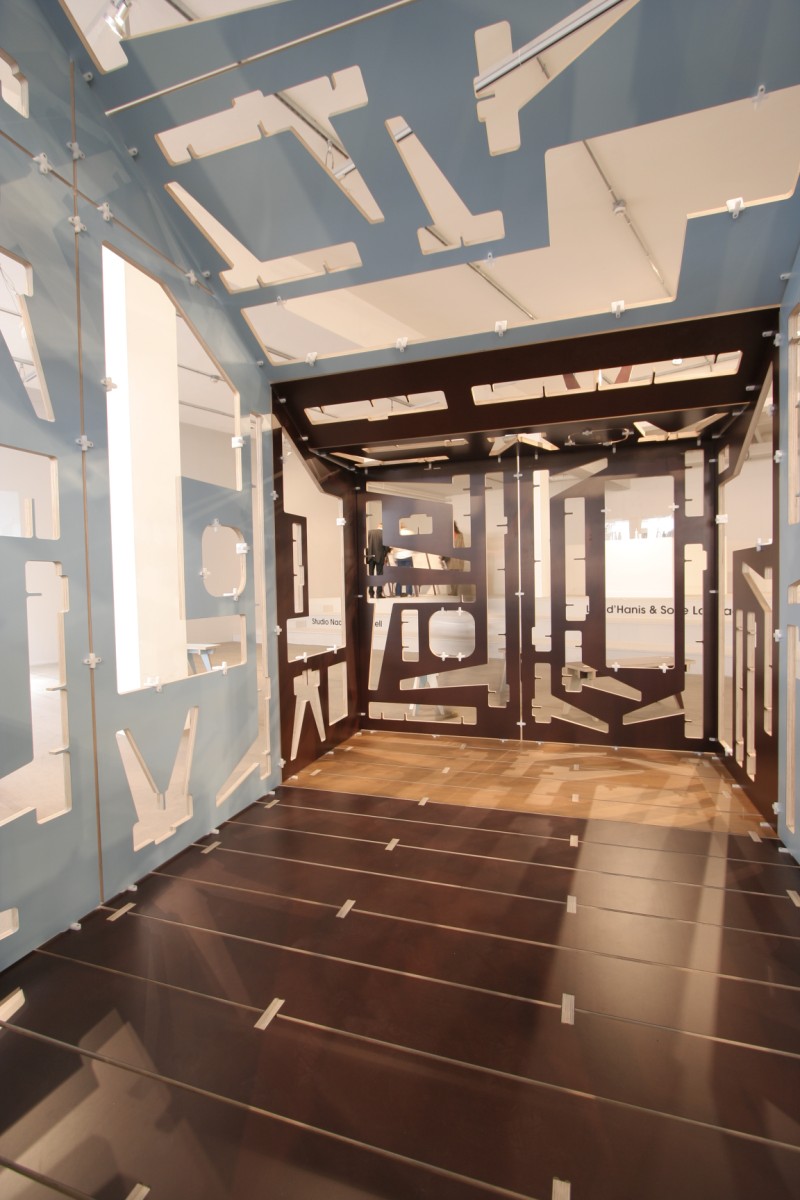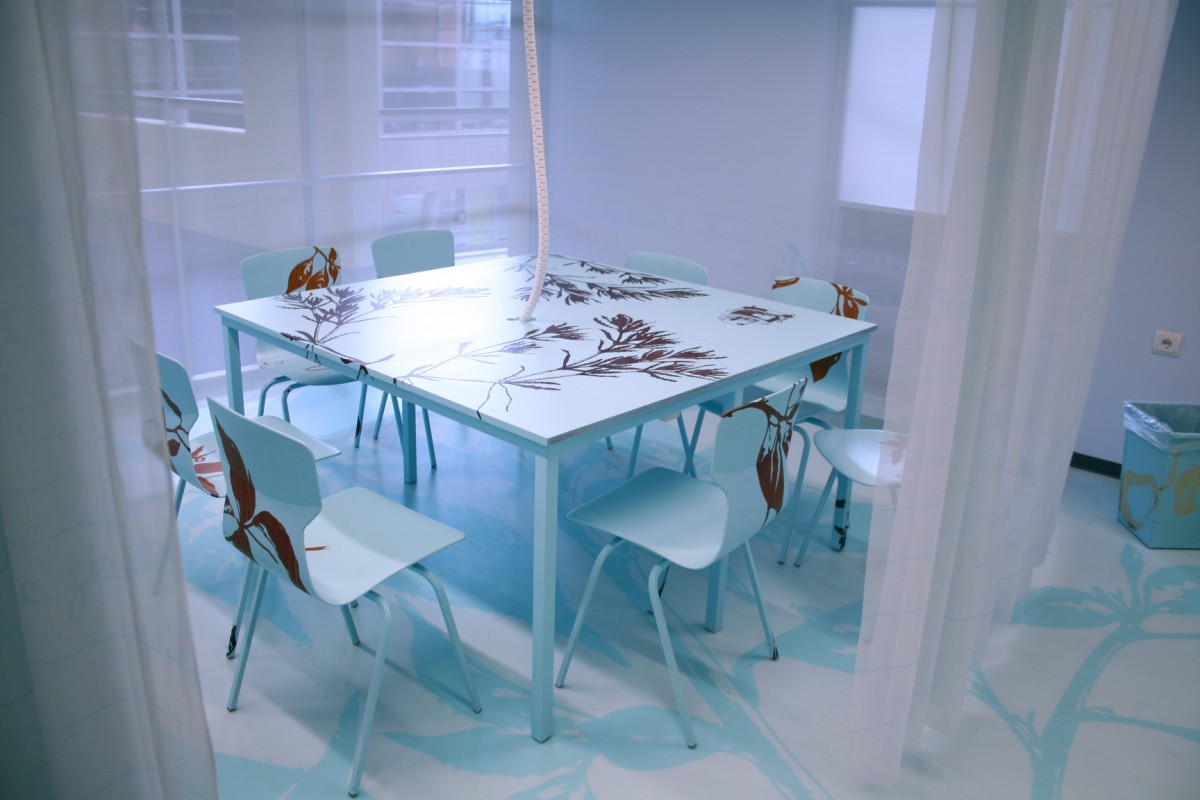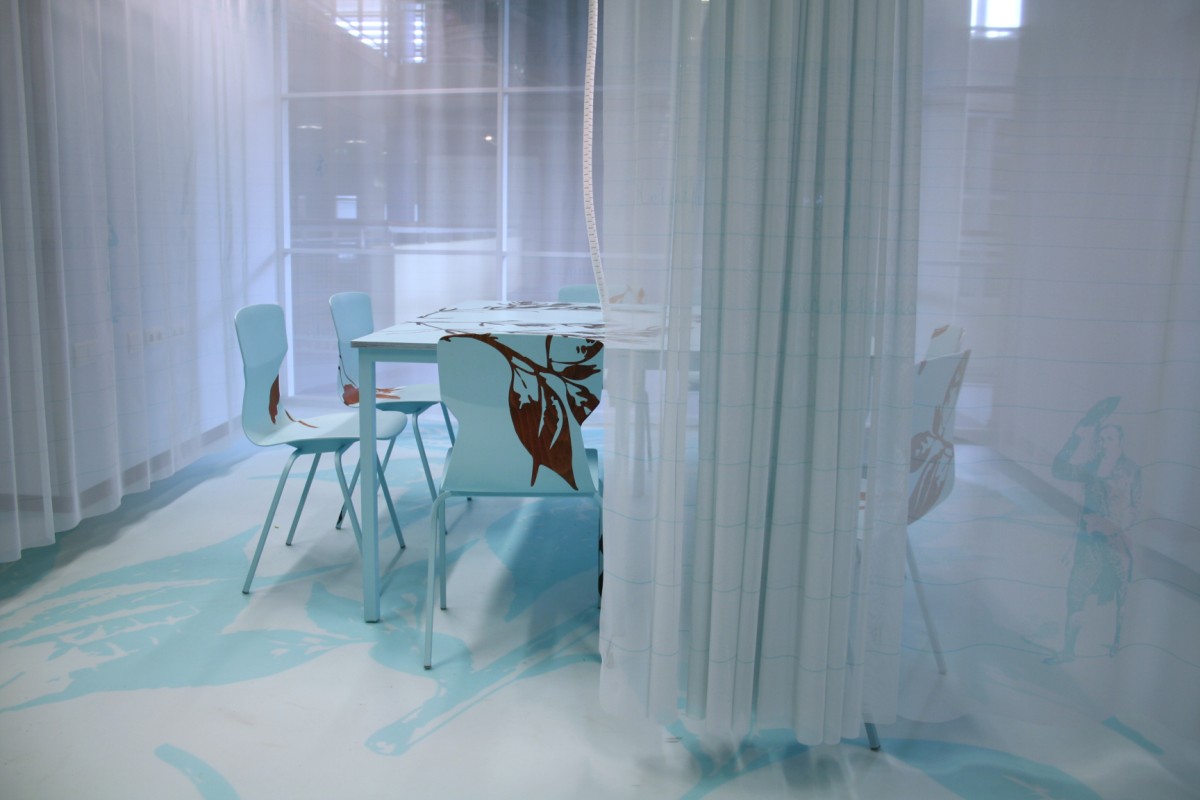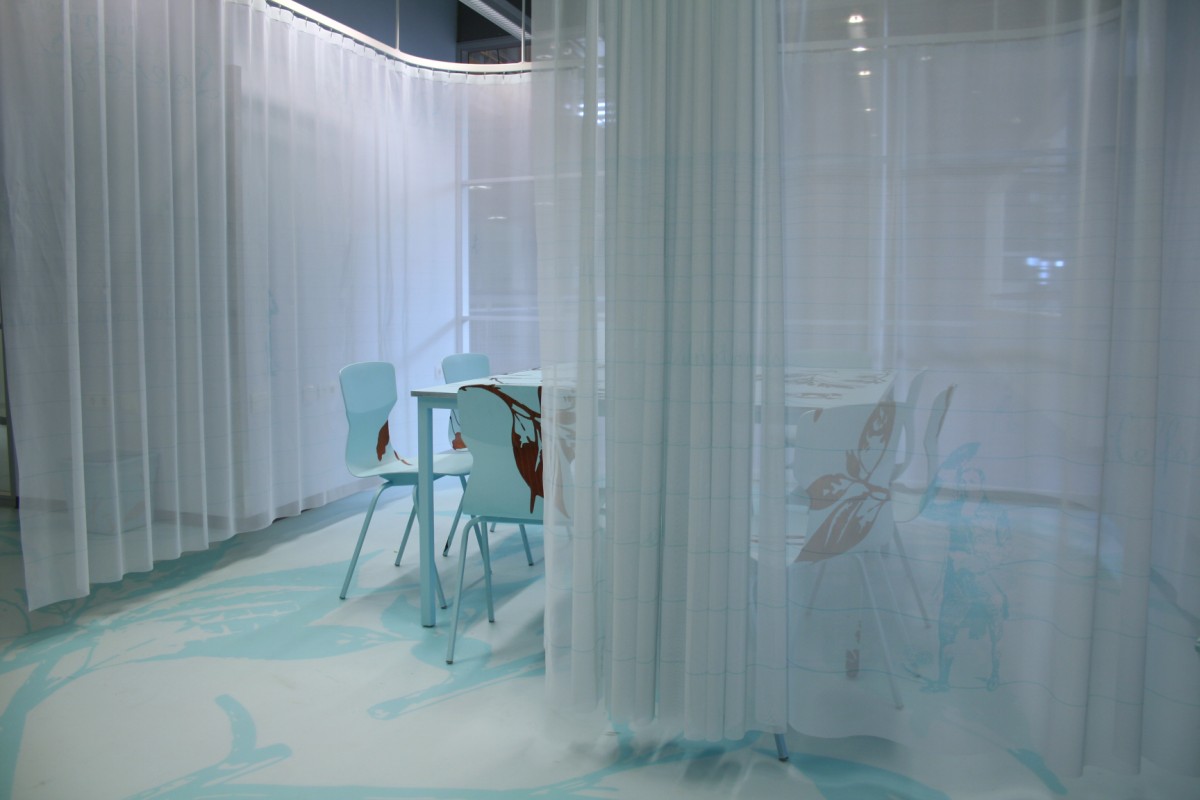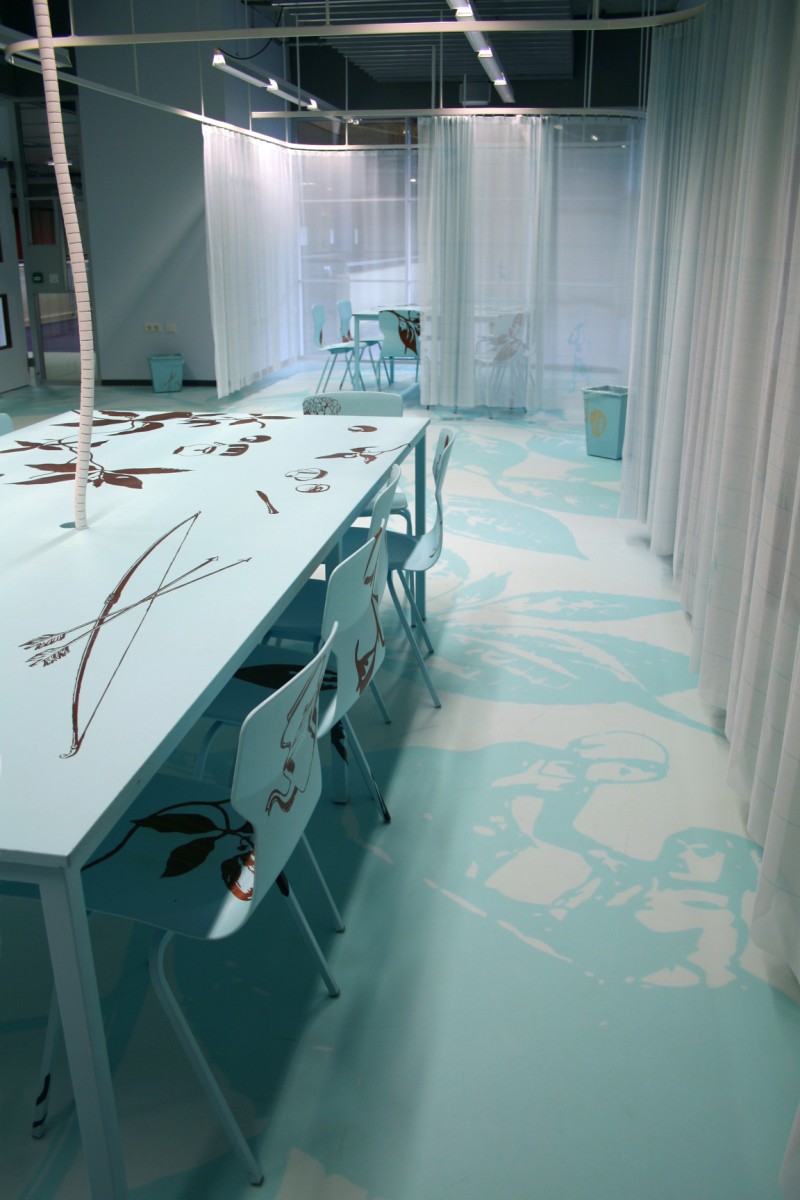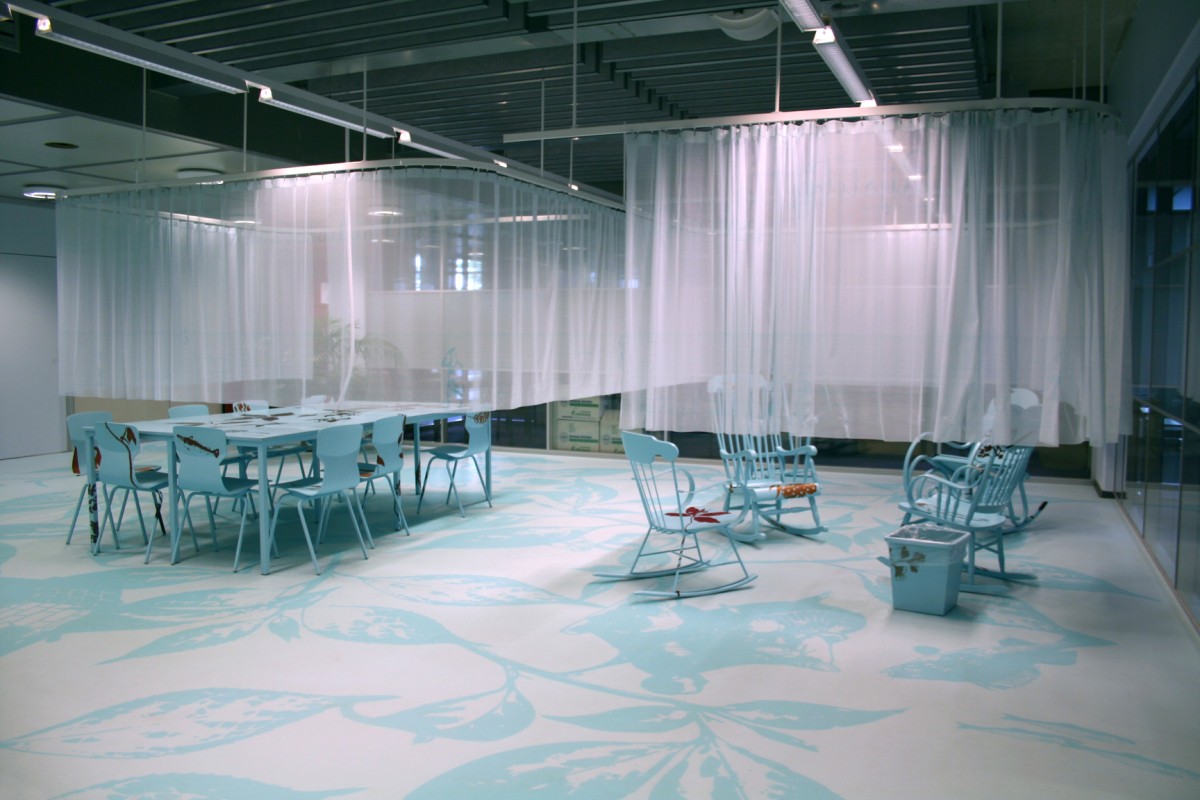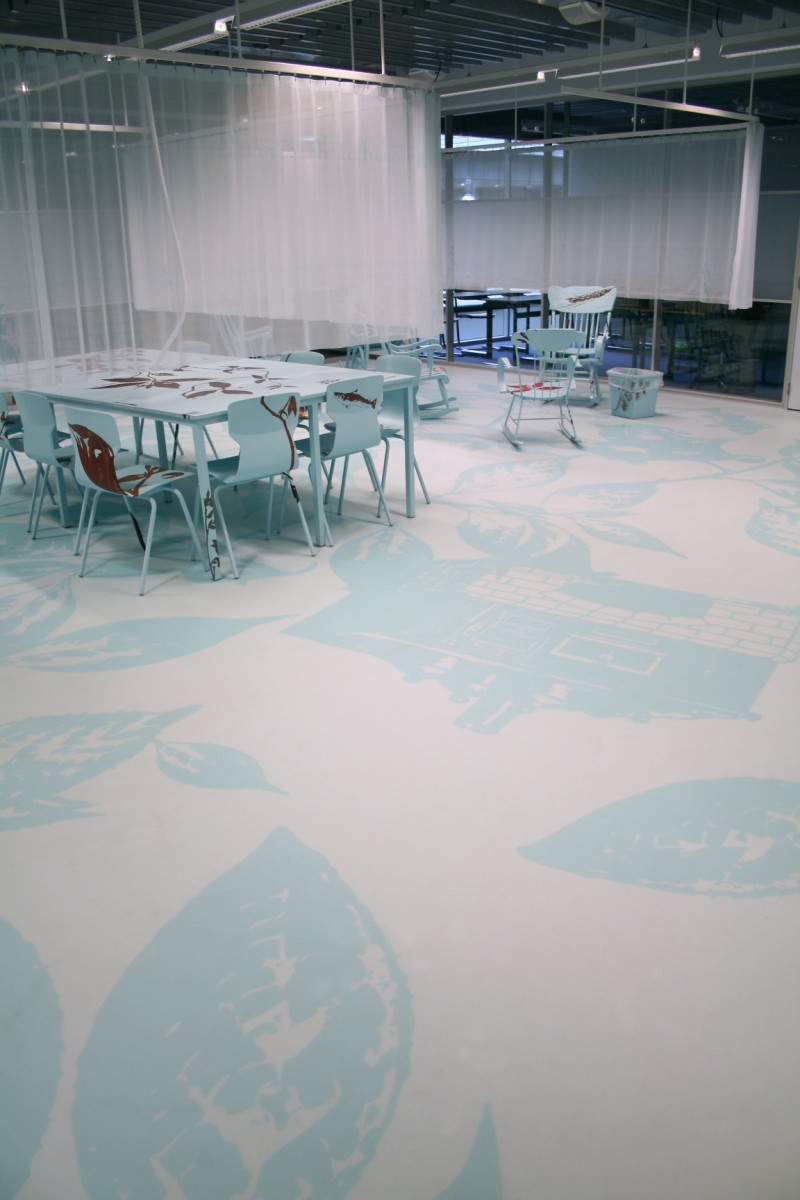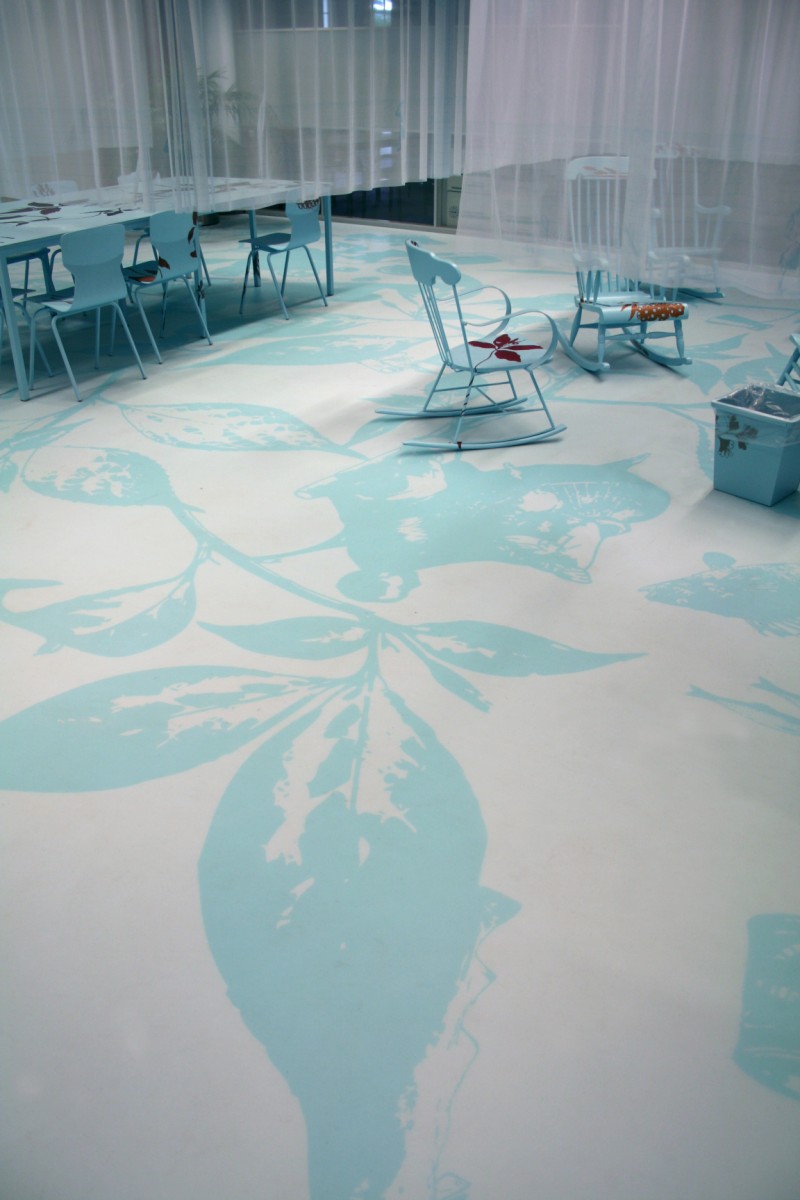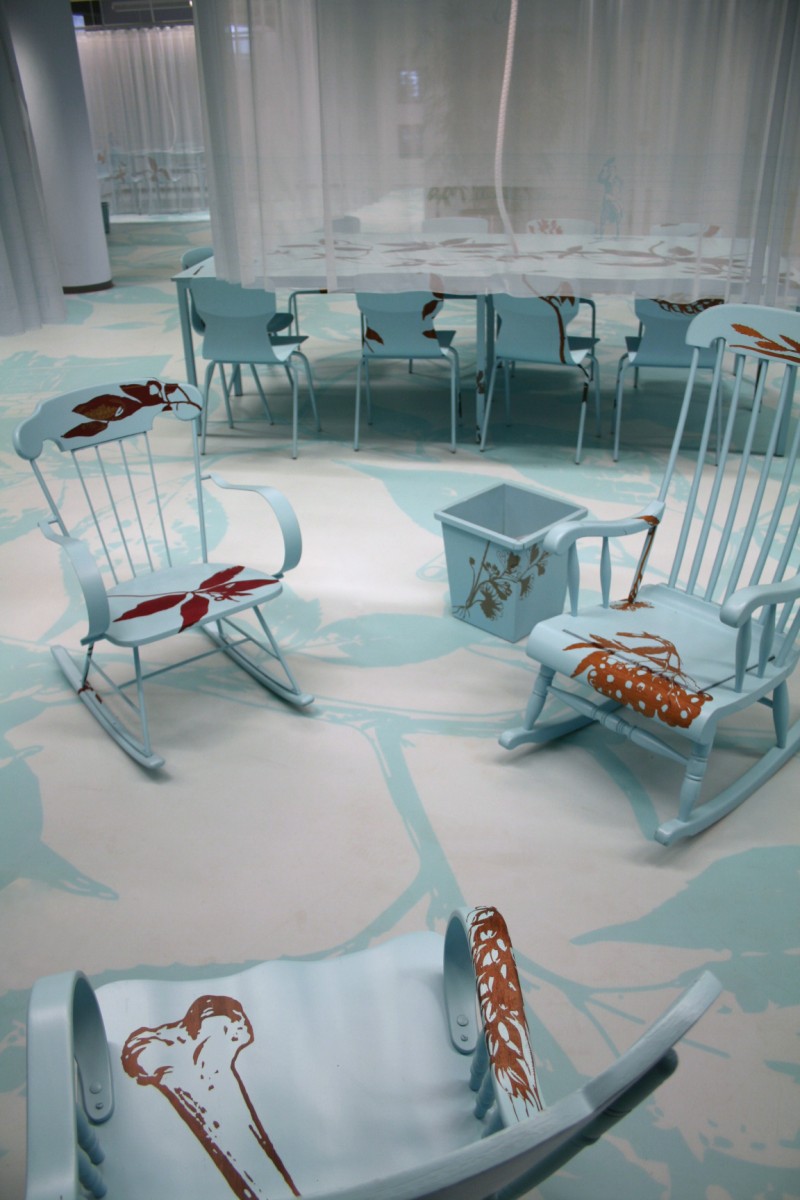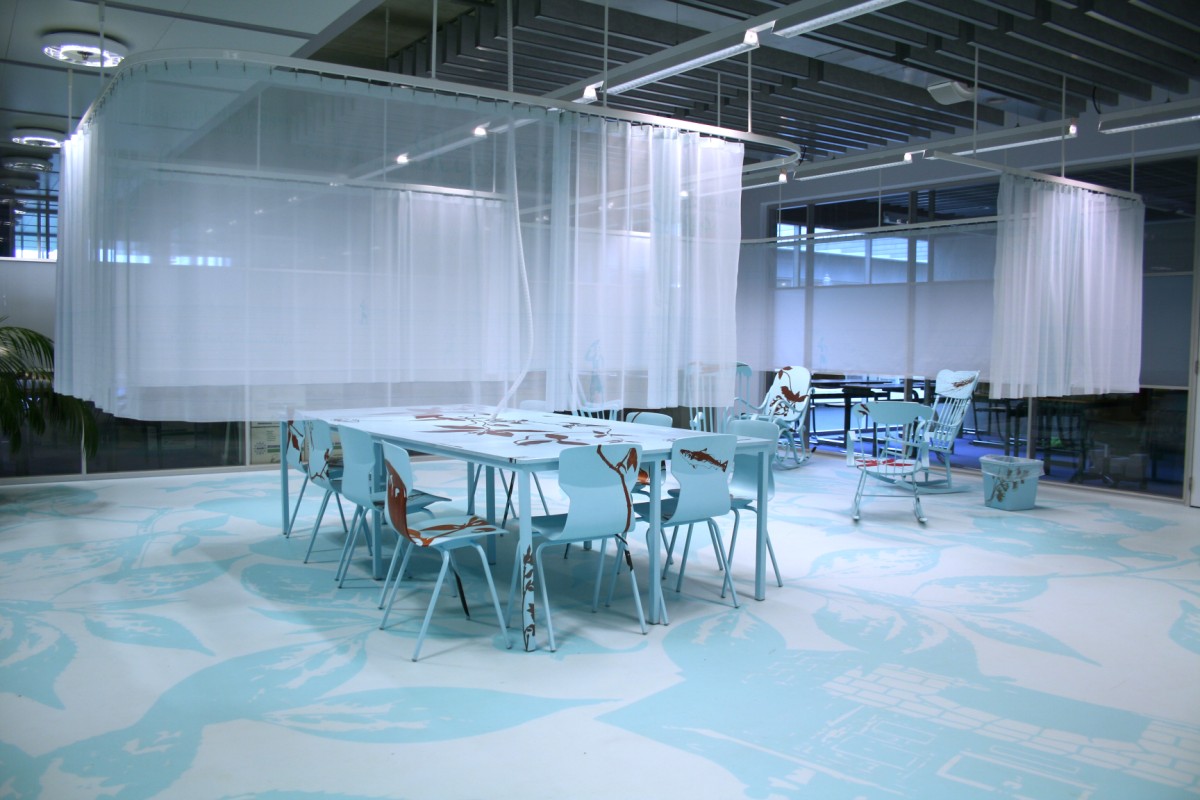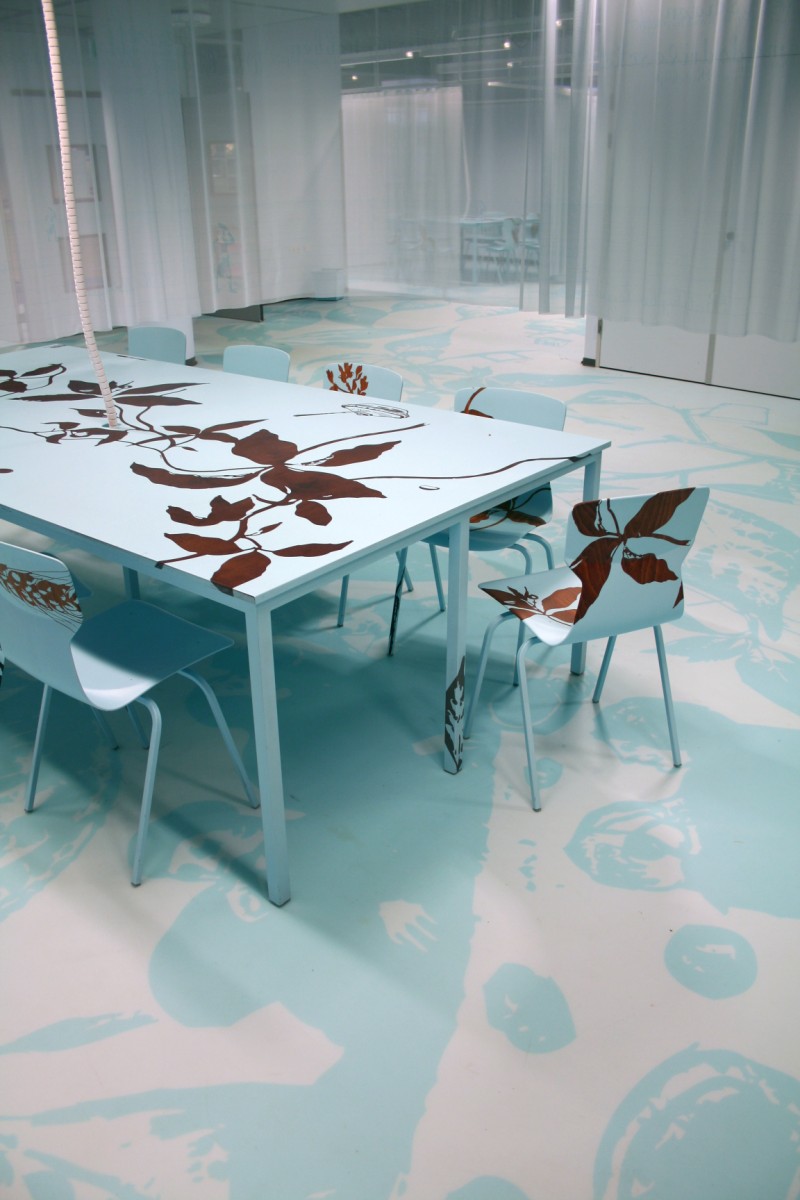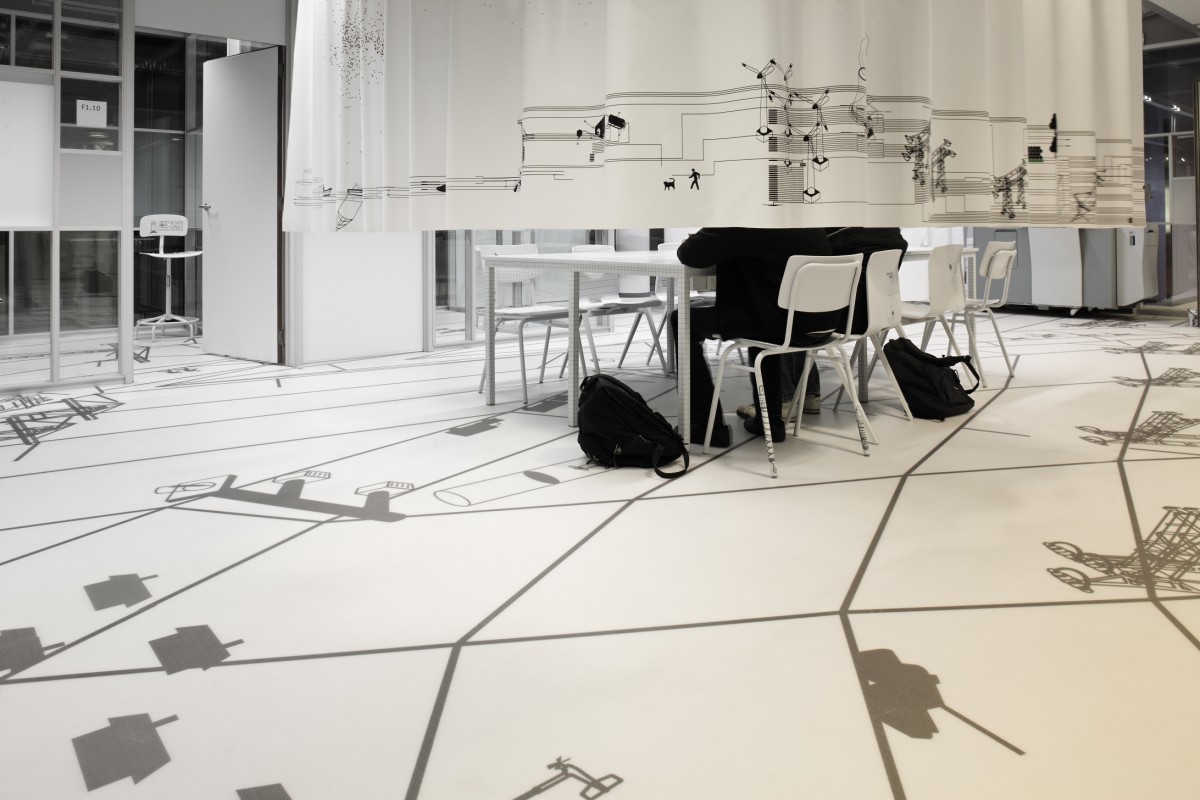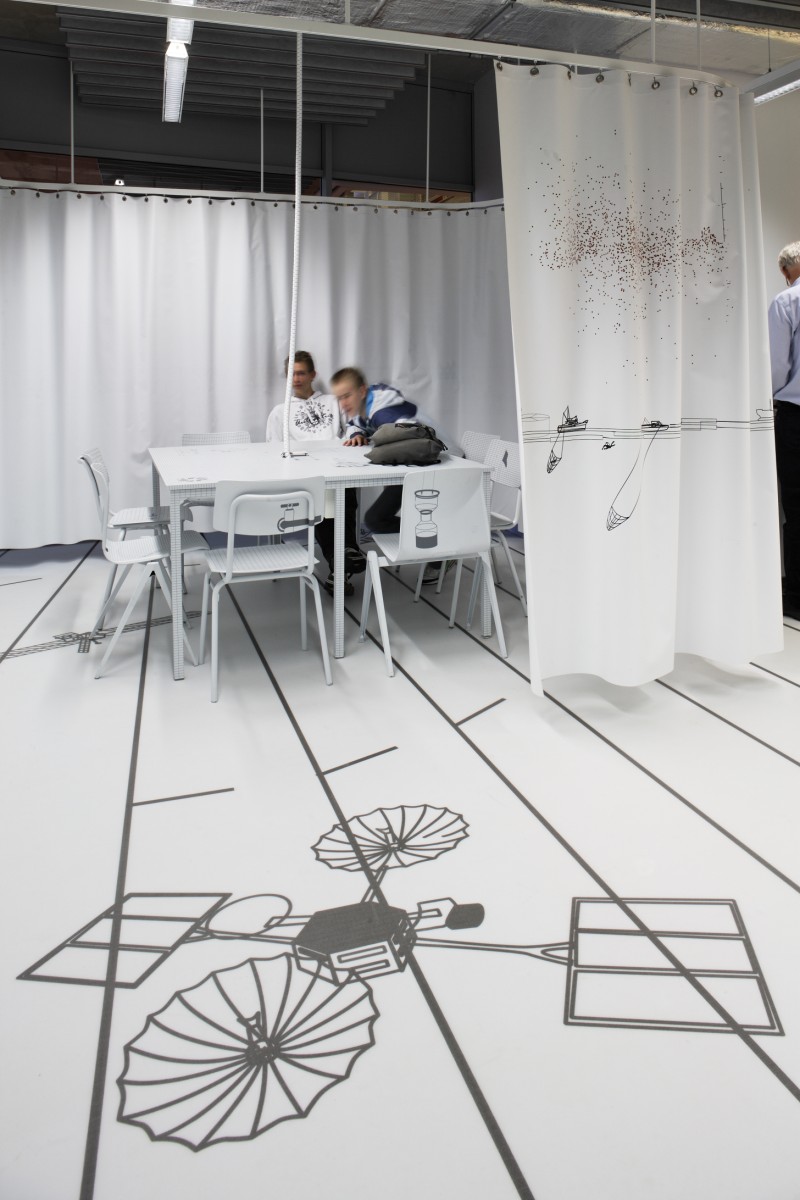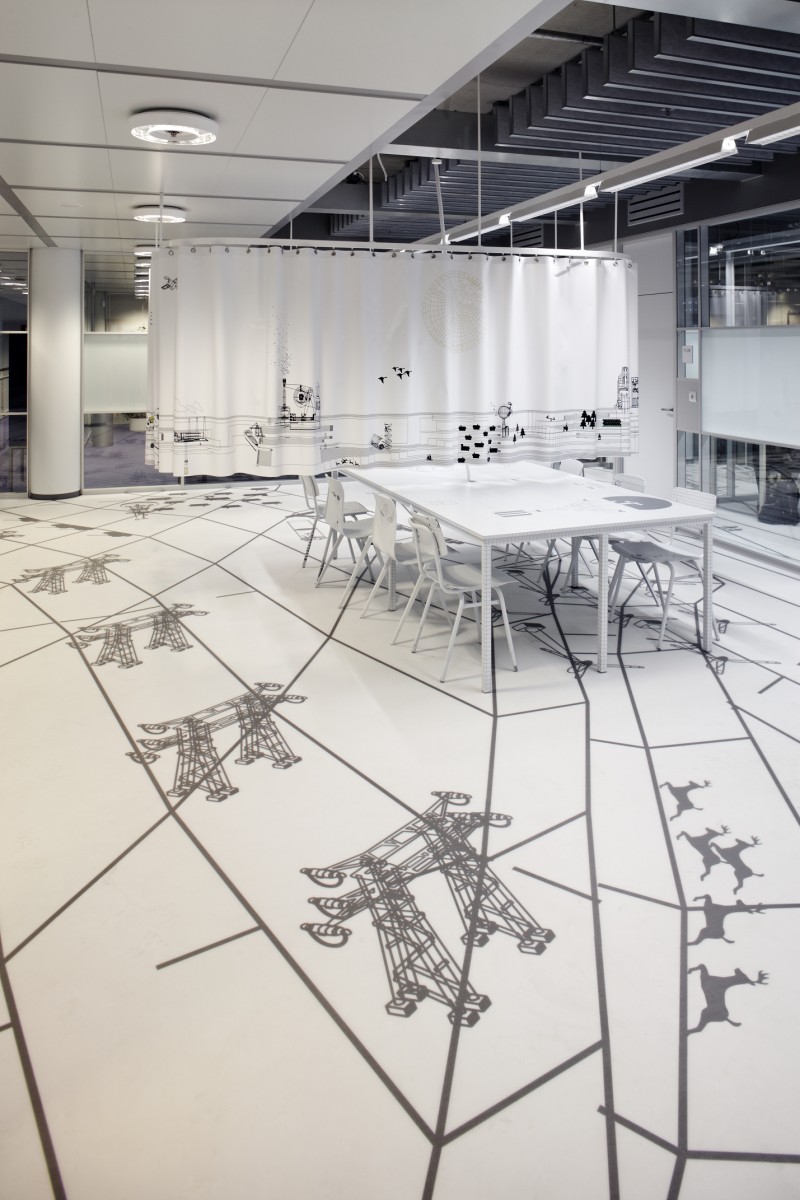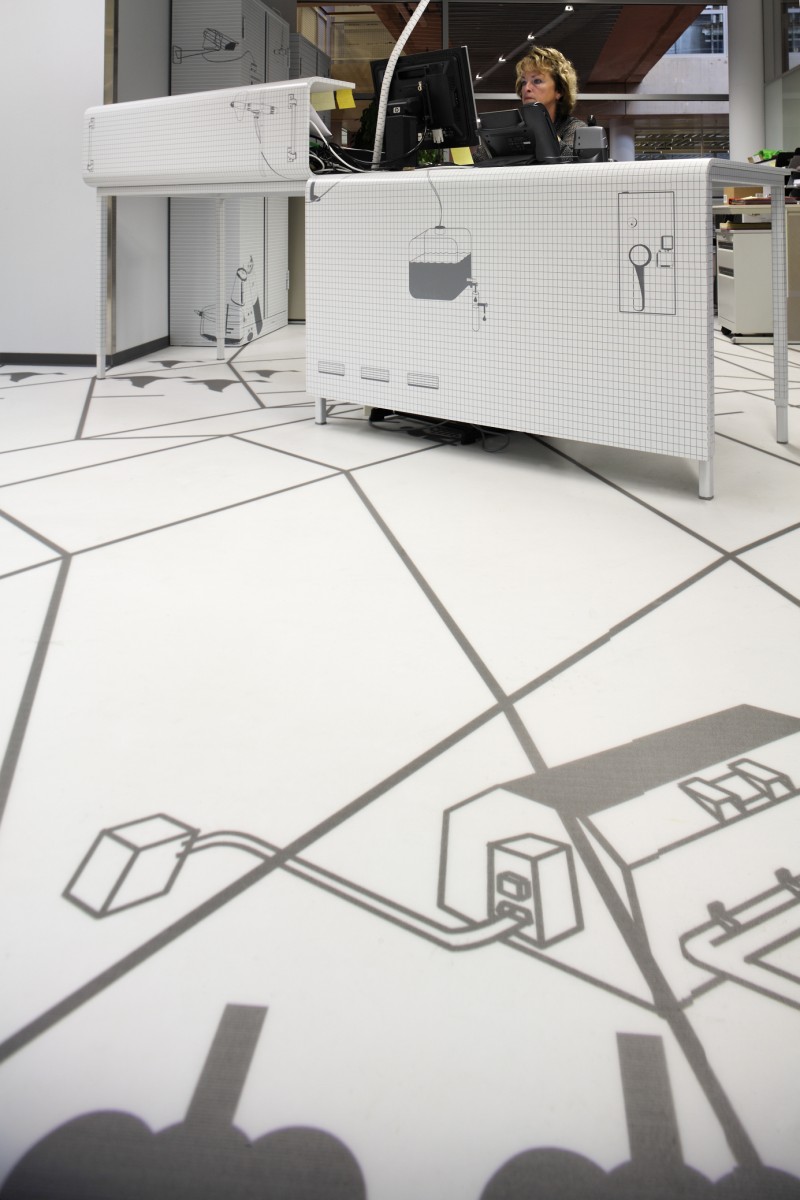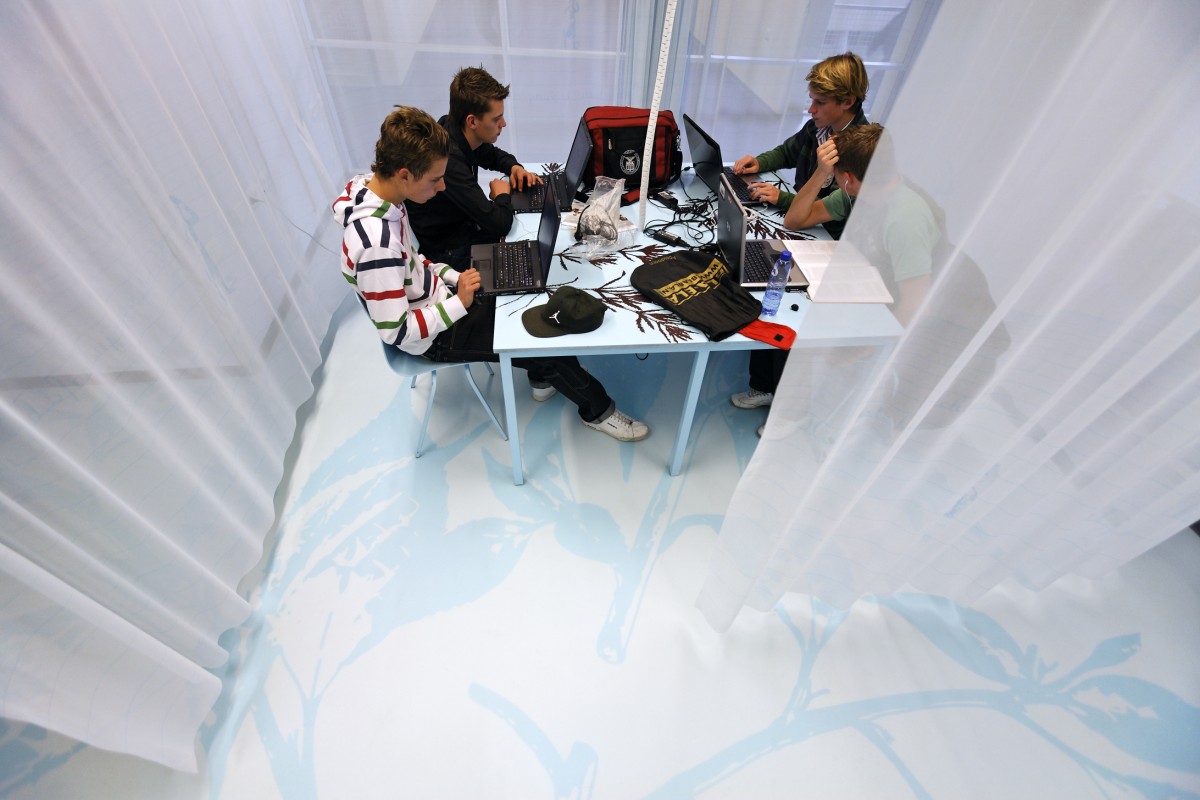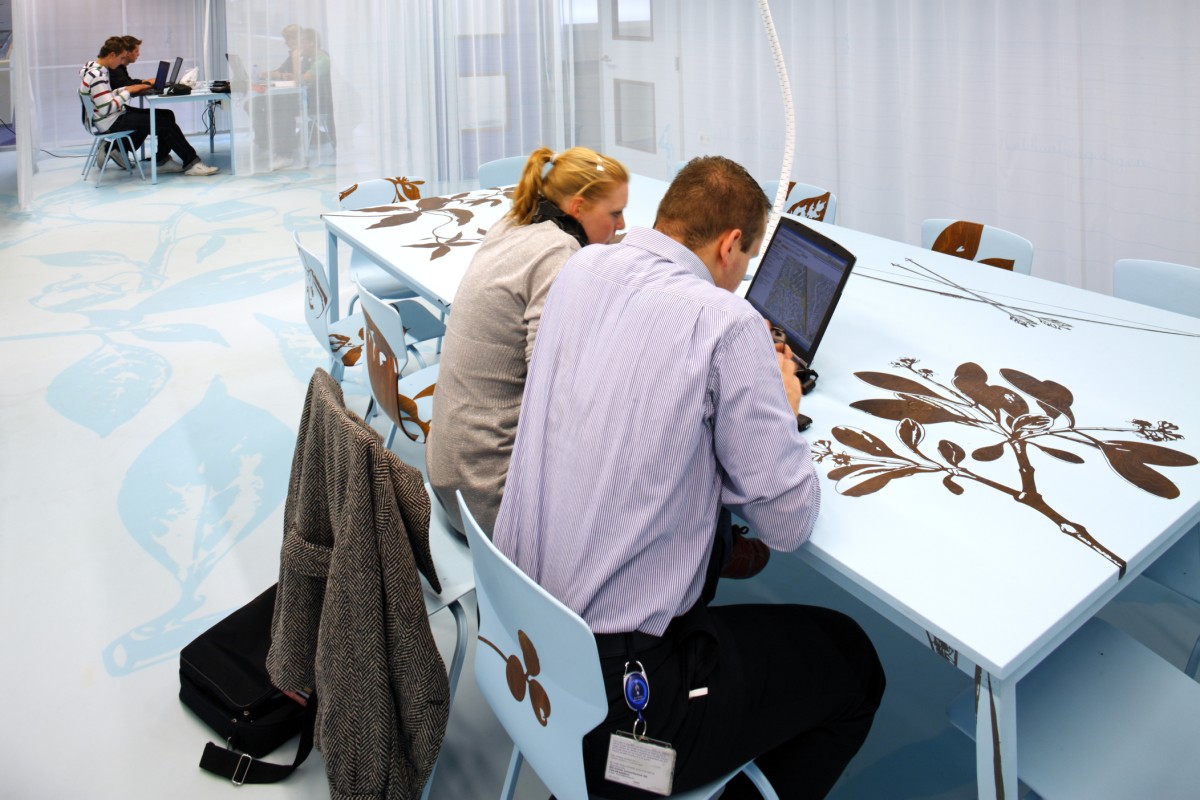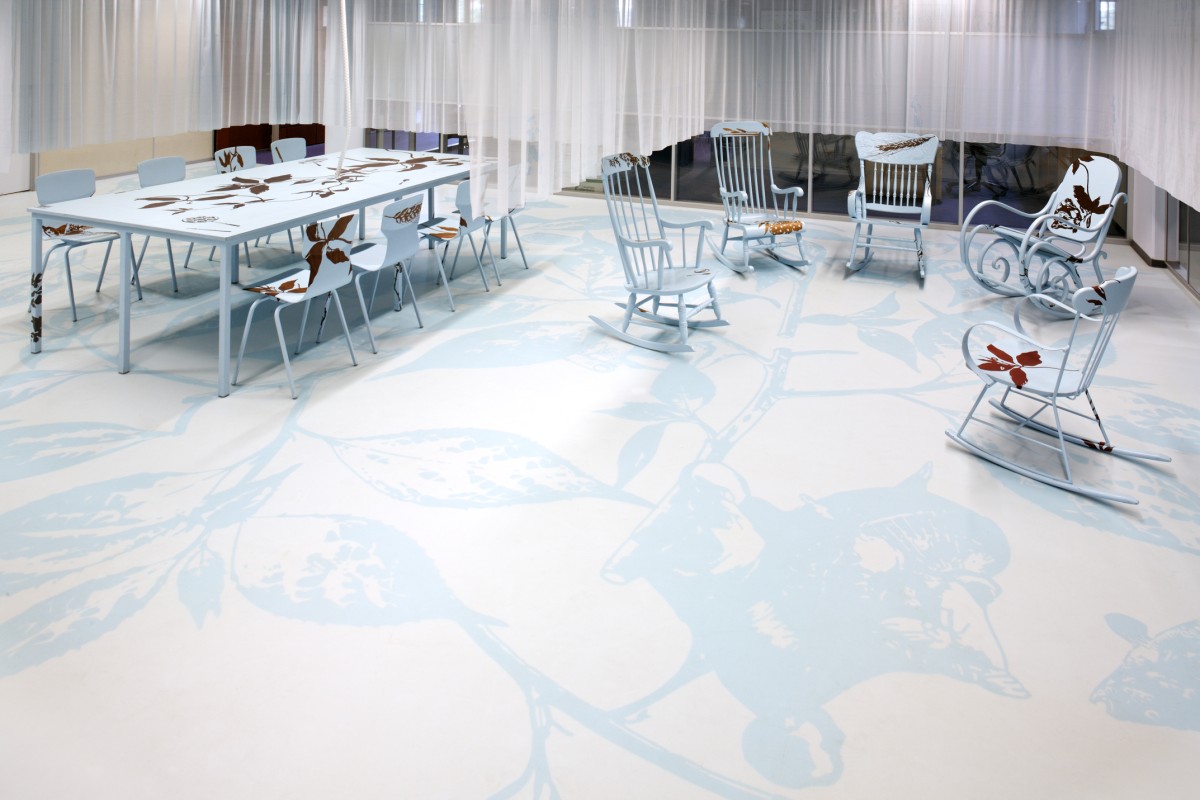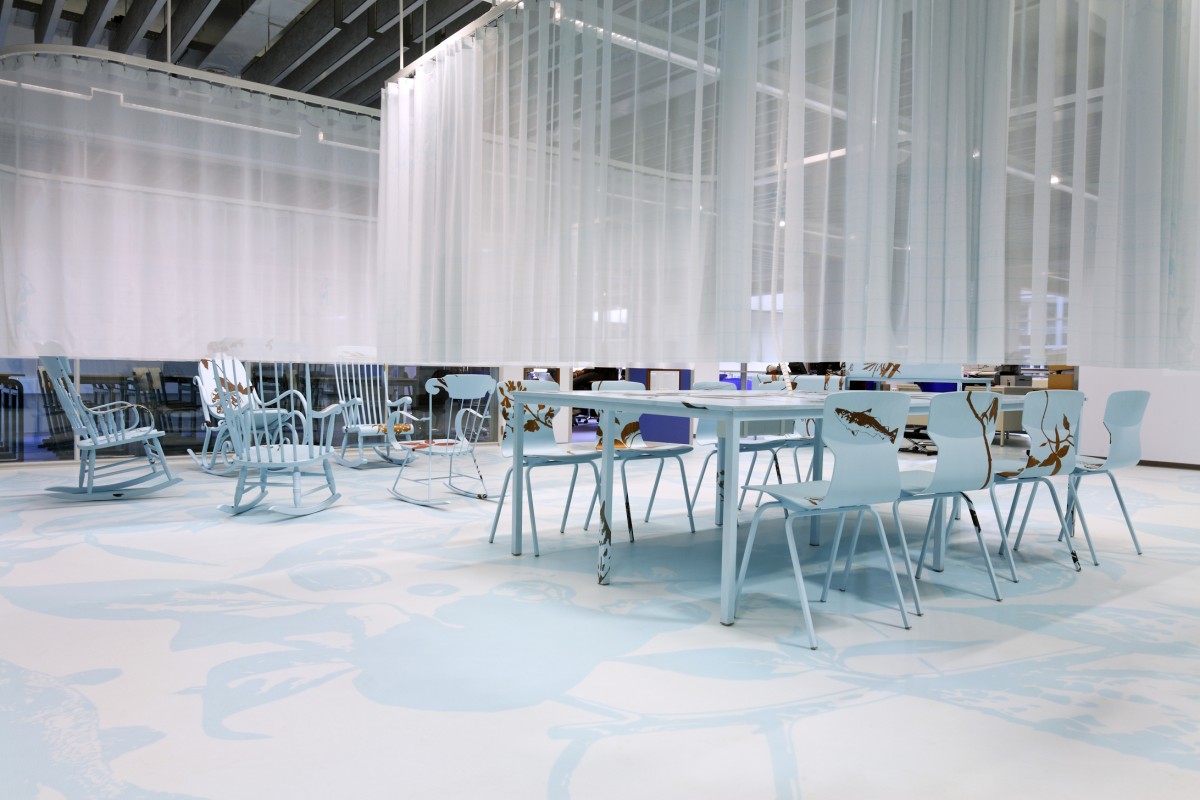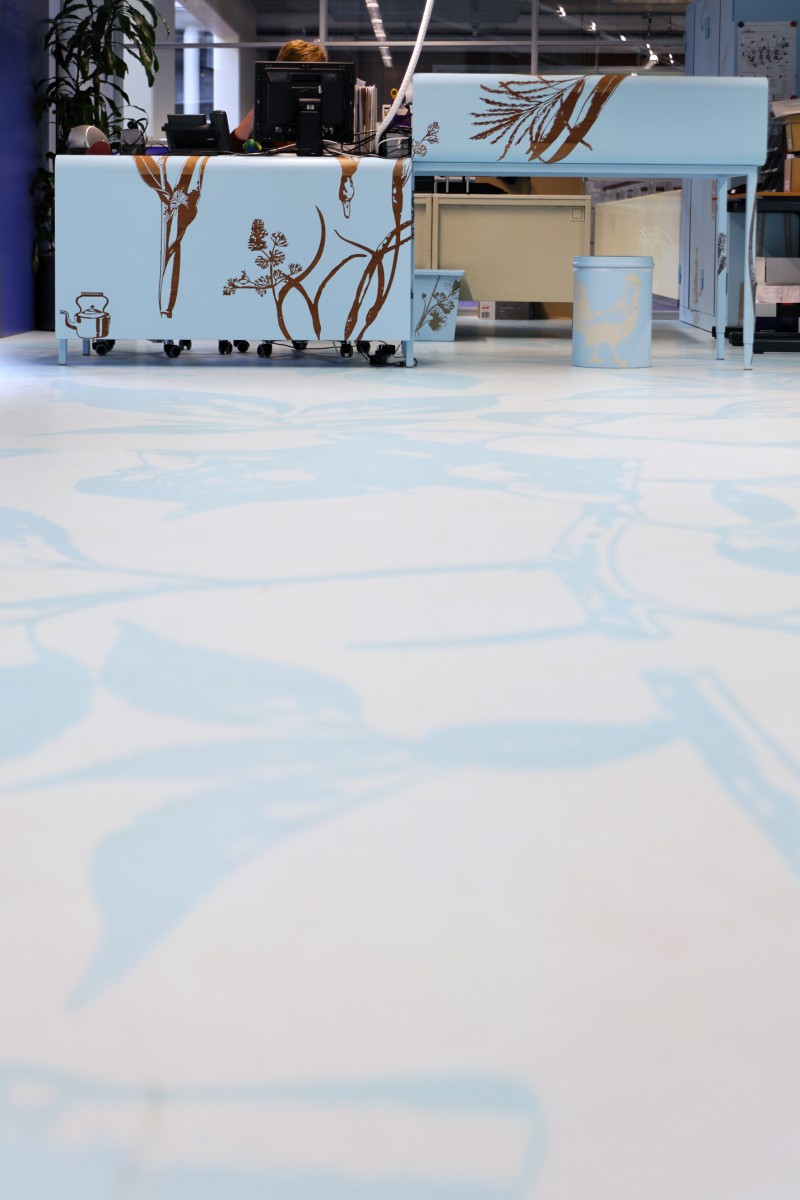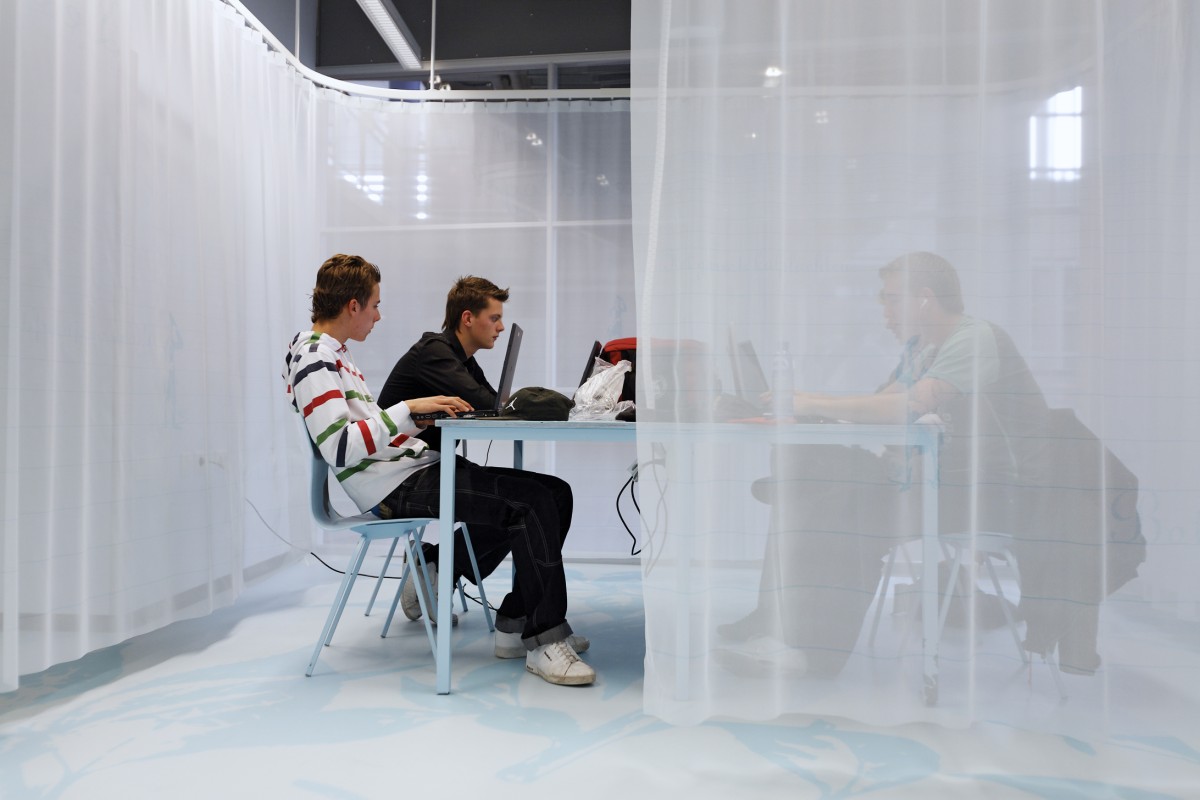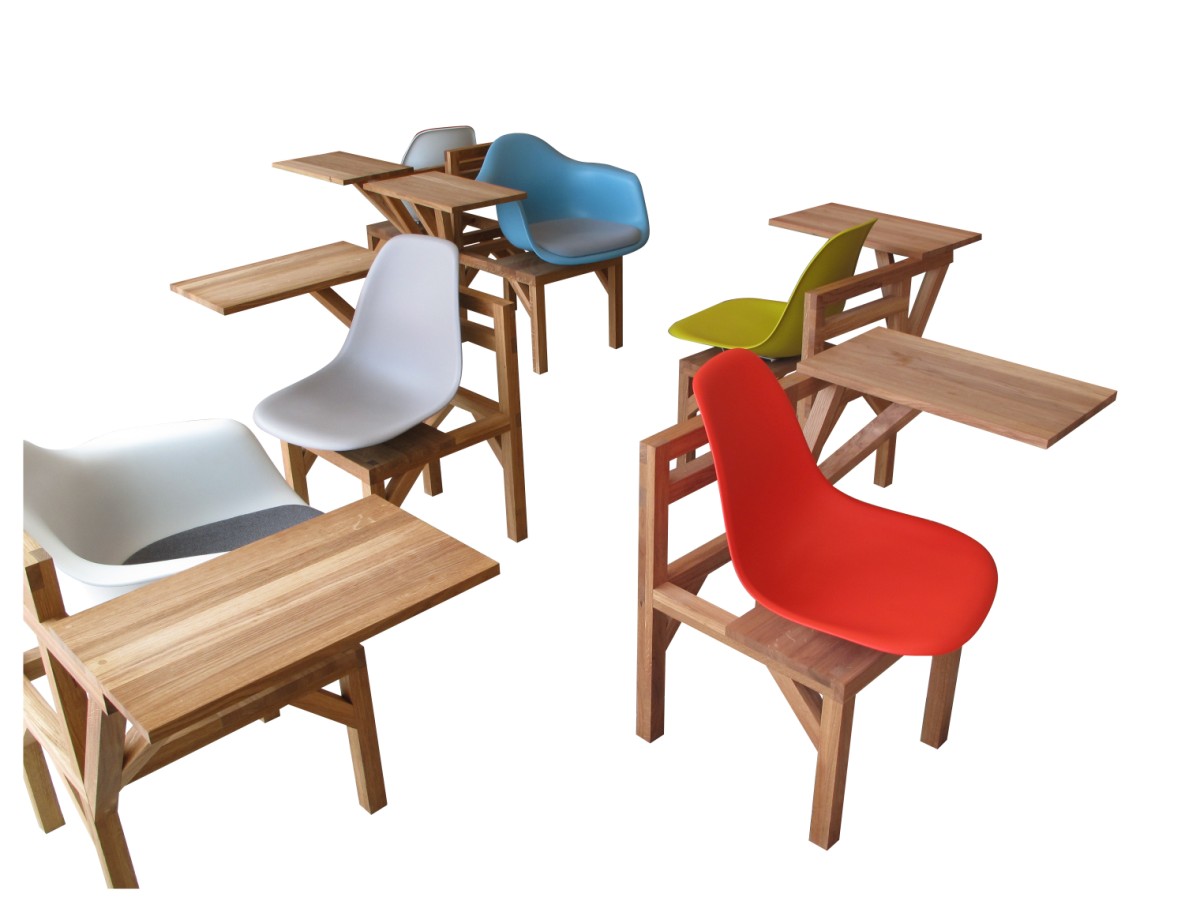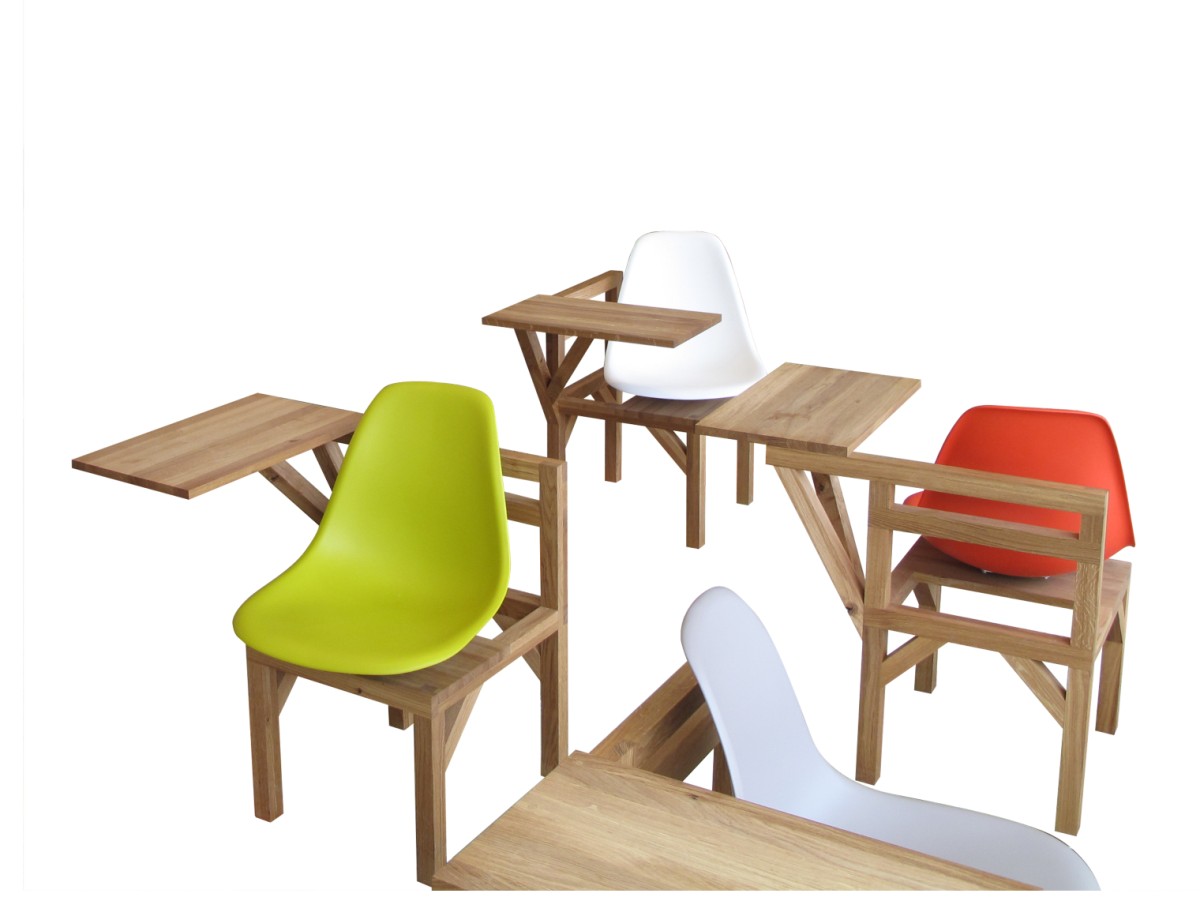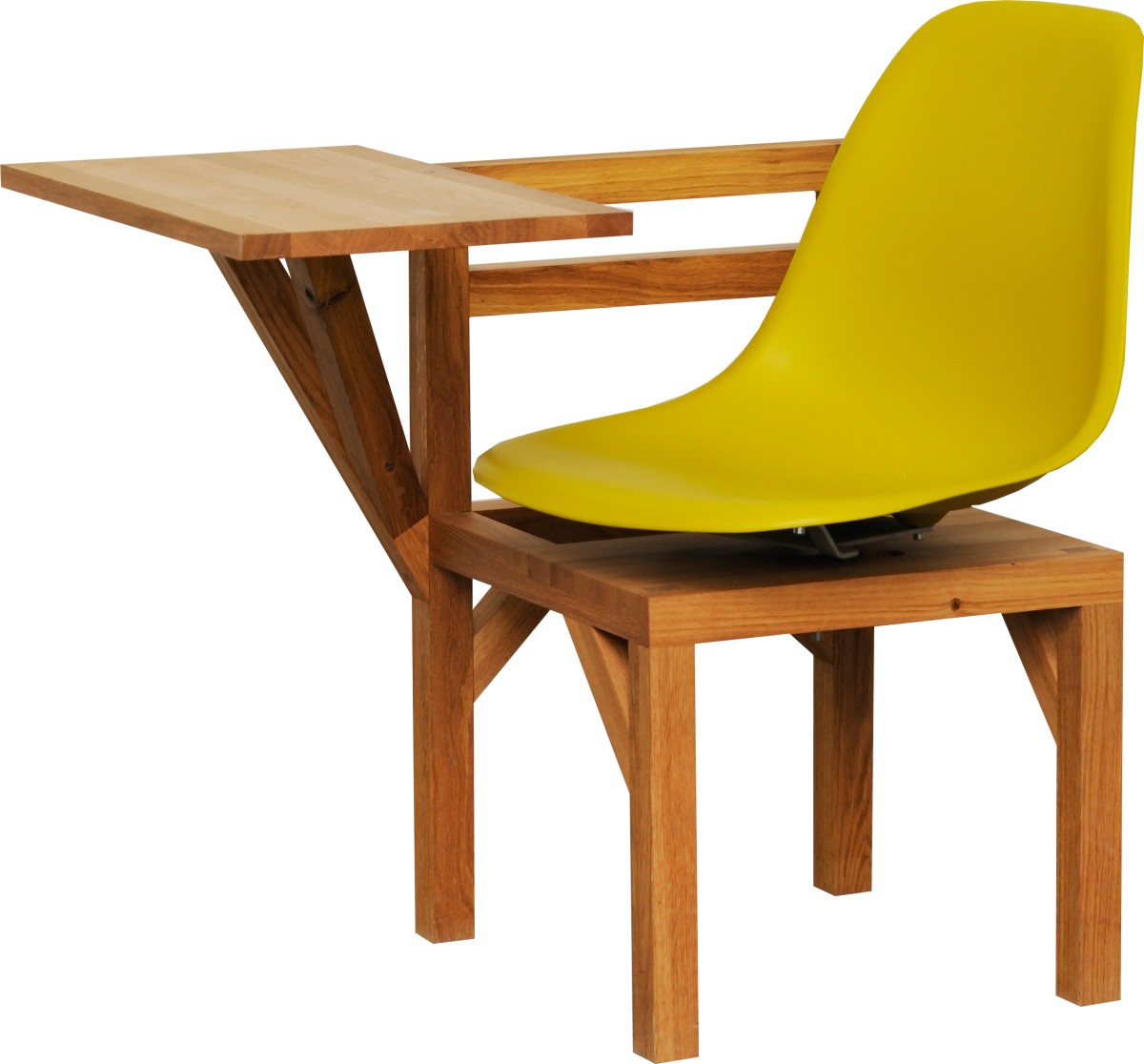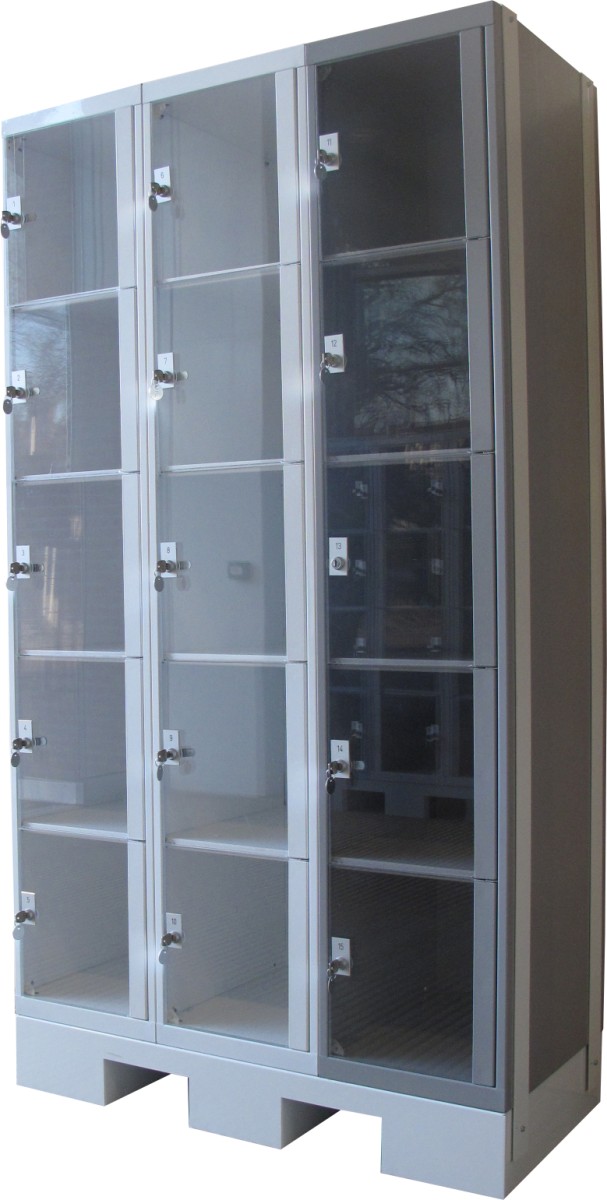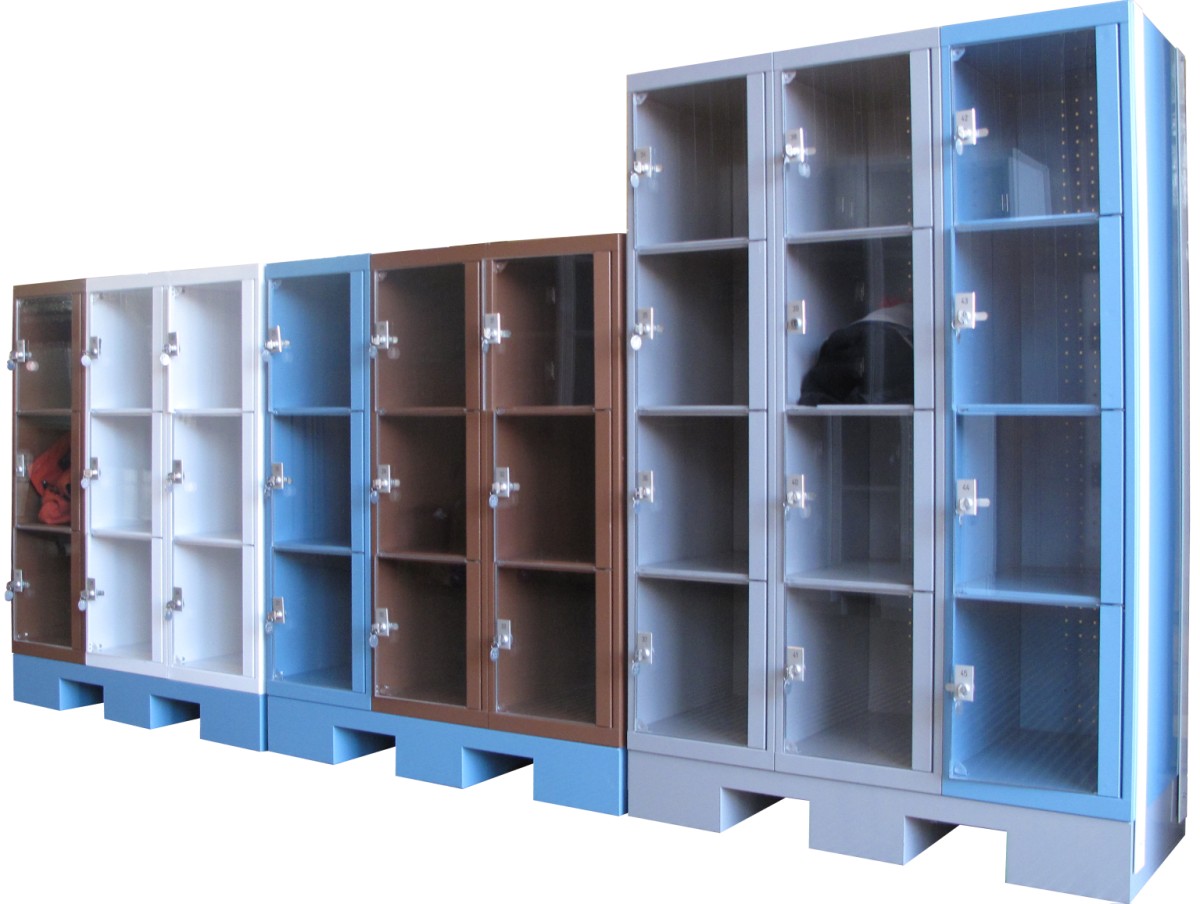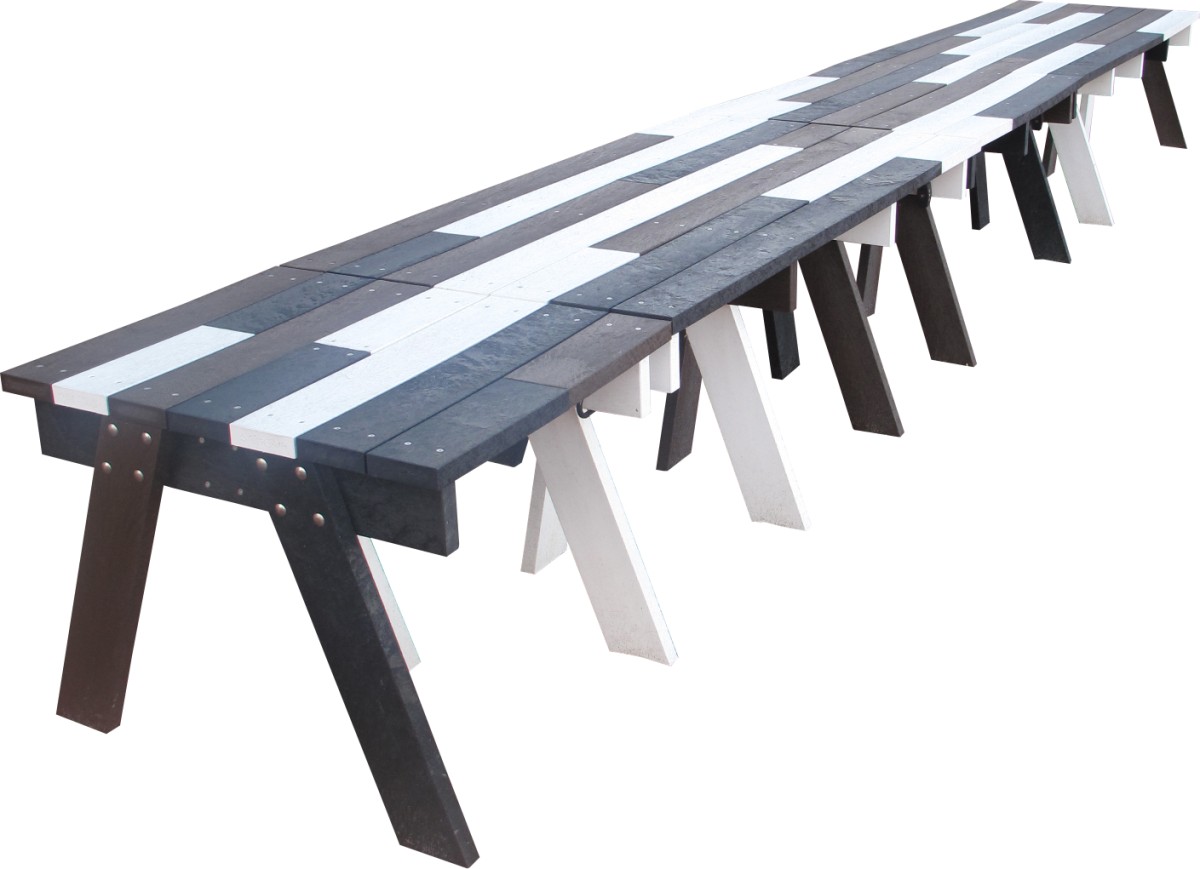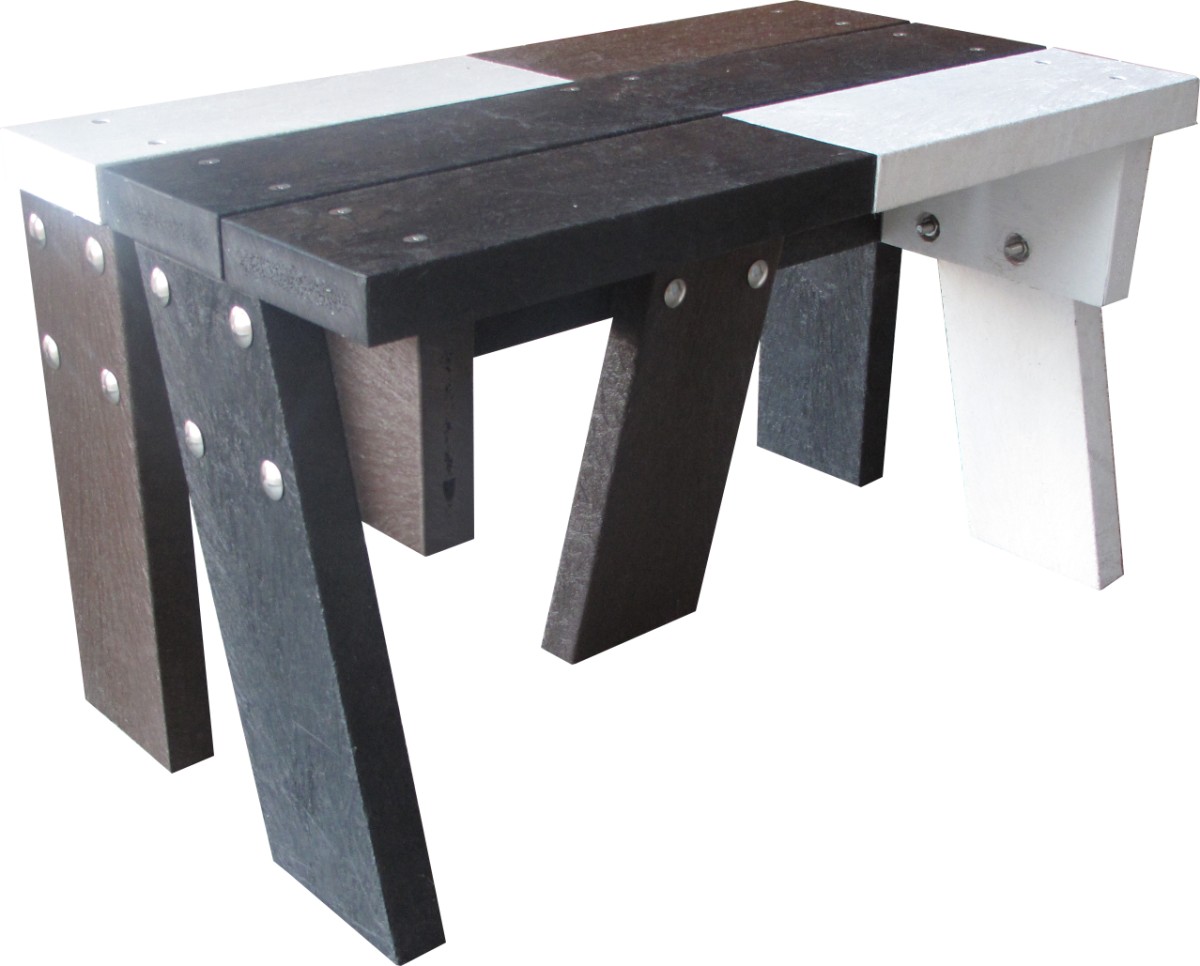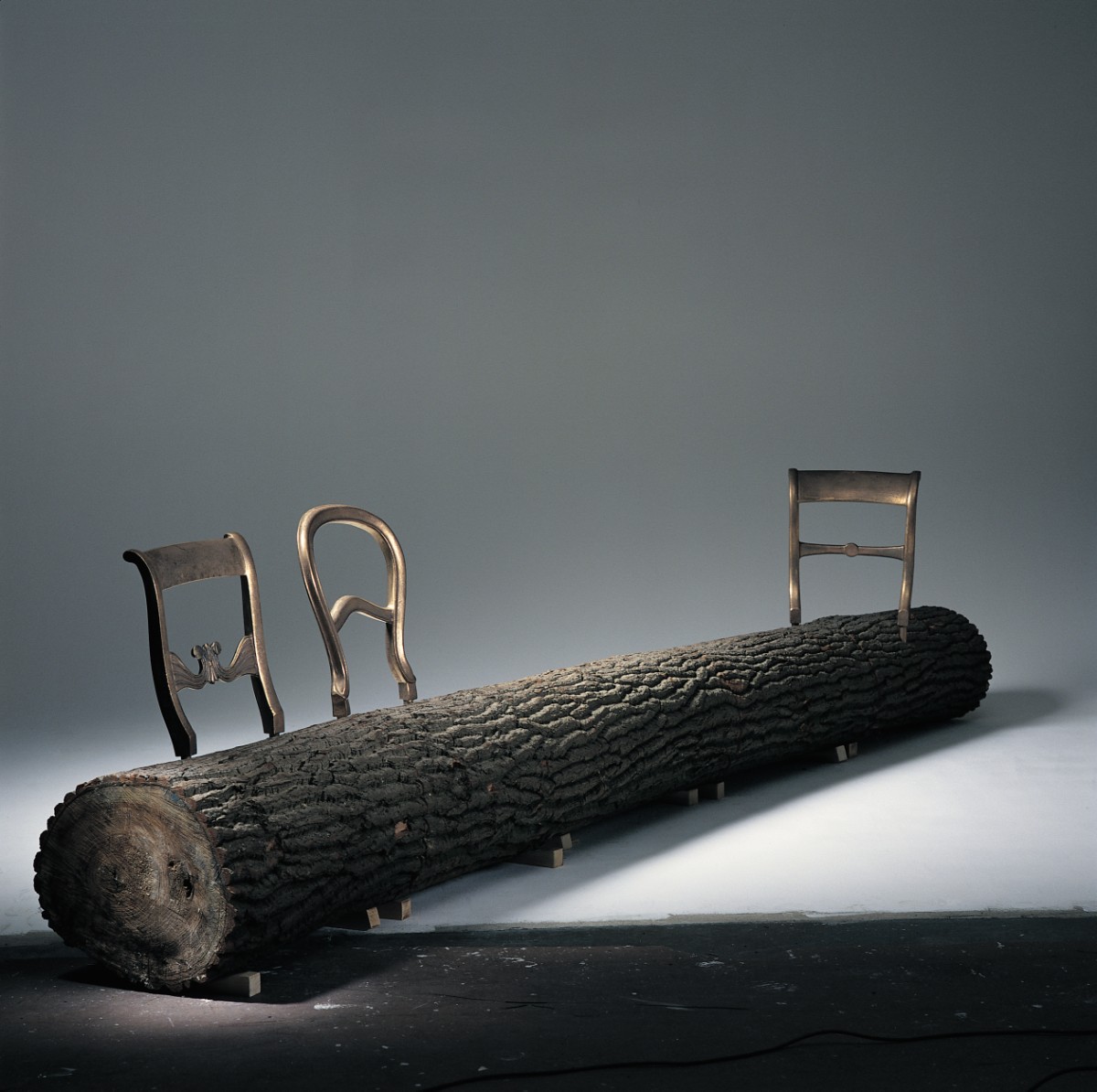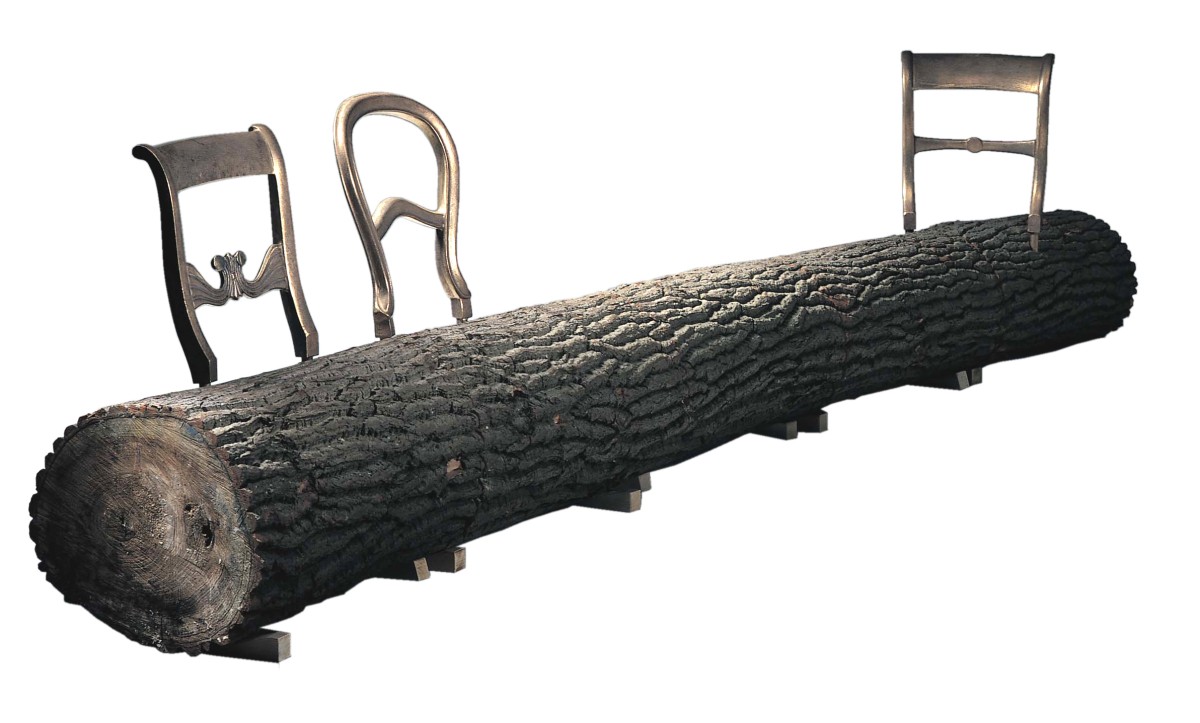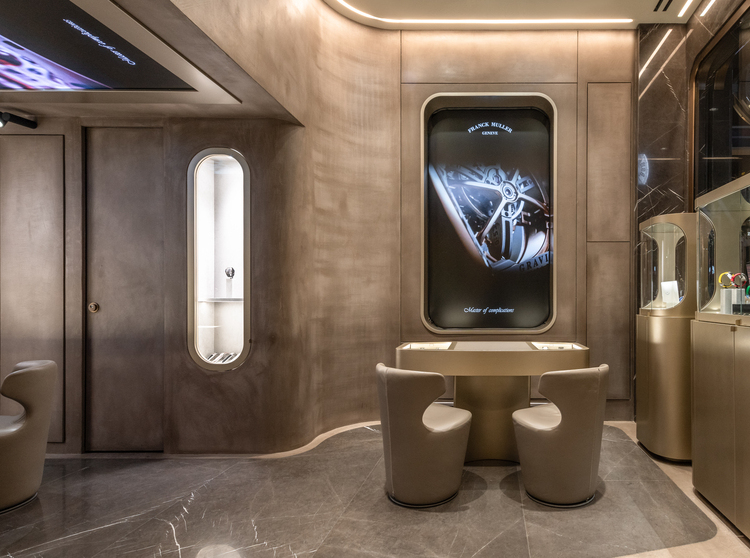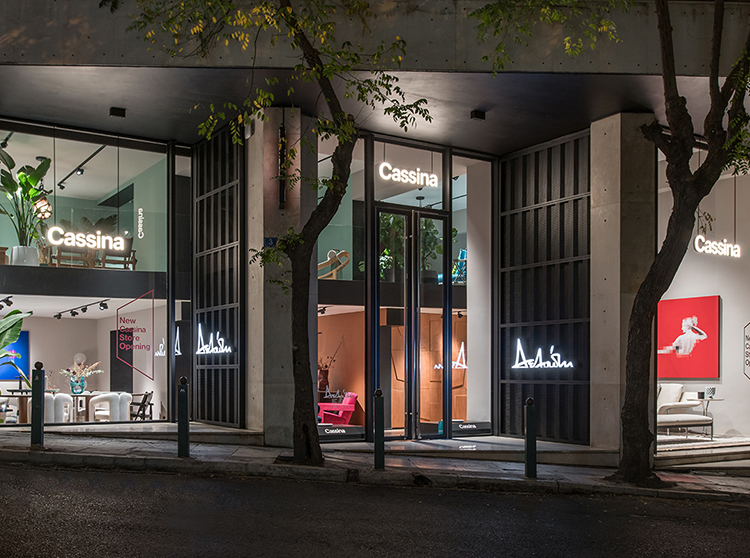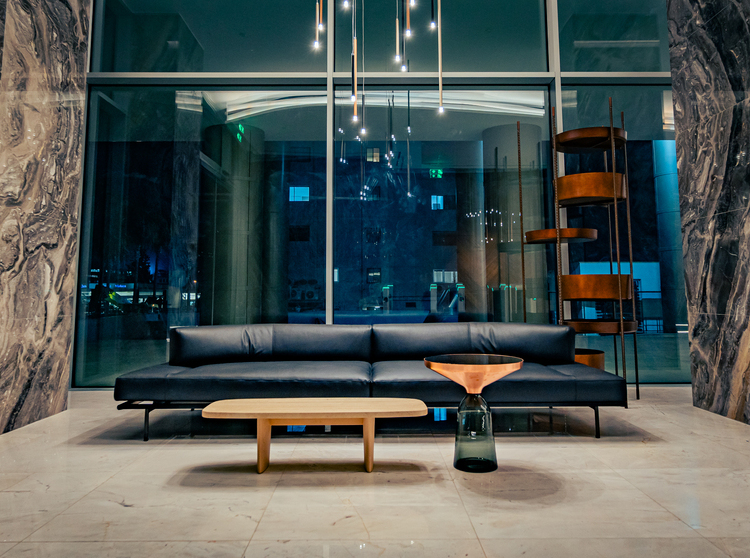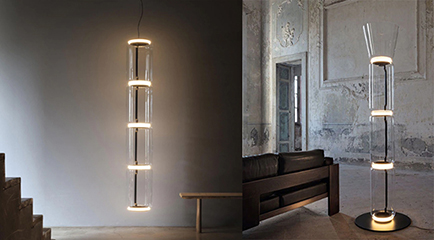In 2002 design office Studio Makkink & Bey was founded by Rianne Makkink (1964) Jurgen Bey (1965). In their eyes, urban planning, architecture, landscape architecture are inextricably connected to product design. The light bulb influenced architecture, the constructed house has formed the household interior and skyscrapers could have never existed without the elevator. In more than 200 projects, commissioned by museums, galleries, art or government organizations, companies and private commissioners, as well as in many lectures a design vision is delivered in which the form of a design follows from its context.
Studio Makkink & Bey develops products on a small scale, such as furniture and tableware, interiors of private houses, museums, offices and other public spaces. The larger scale of architecture and urbanism is addressed in the design of various pavilions, parks and studies into new ways to program areas. Each time a design by Studio Makkink & Bey starts with constructing a story based on what already exists such as functions, structures and objects. Networking and systematic thinking allows to create connections between context, objects and functions. Through sharp analysis and programming, the potential of a district, a building or product is optimally put to use. The study repertoire includes the consumption of energy and raw materials, dual-use, food production, social and economic systems. An example is for instance the study of the informal economy that are present in India in order to find answers to economic problems in Europe.
INTERVIEW
What does design mean for you? What is design in your life?
Bringing parts of a context further in development is important, so you can push reality, solve problems, or at least make changes in behavior. Designing is like stringing beads : you have developed a theory and from there you choose a certain route, this path runs along the stories you've collected. Some beads form a combination that has never occurred before and spark off an entirely new concept.
Please describe the changes in design over the last 20 years.
I was doing a lecture in Rome, and I saw Andrea Branzzi' talk about all these different subjects he was working on. These subjects are the same ones I'm working on now: the office, agriculture etc. In the end, in exhibitions and magazines, this entire world of thoughts has progressively been replaced with the objects that came from these stories. I saw how progressive the work was and is and that twenty years later, the same issues are still relevant and can even be answered with the same answers, only it looks a bit different because what you have to work with changed. This also means that it's a circle. When I was educated, the self productive designer was the new thing to do. Designers like Richard Hutten, Piet Hein Eek started constructing their own process, and selling their design themselves. Also because of the crafting, it was very much furniture and accessory-driven, small scale. I would almost say “rich carpentry”. When I look at the designers that we showed in INDUSTRIOUS|Artefacts* and Utrecht Manifest No. 4**, it is again a self-producing period but at the scale of small industry. I really think this way of thinking comes from the computer, the processor.
Which designers/architects have influenced your work the most?
Many designers are like explorers who include influences from outside their professional field. A design process is often shaped by all-encompassing processes such as natural processes, developments in society and at the same time seemingly unimportant things and mistakes. An artist like Francis Alys, who actually moves mountains with volunteers and draws a social line and makes hope tangible, really excites me.
What item have you envied because of its design?
The setdesign in Lars von Trier's film Dogville. The stage looks very abstract, it seems to be almost physically absent there are just lines, yet the film decor is very much present in the viewers mind. Dogville is set on a pitch black sound stage with minimal props and schematic chalk outlines that suggest houses in a street. What I find amazing is how von Trier manages to find the utmost minimal physical means with which he evokes a maximum visual impression. Like a thief in the night he penetrates the mind and pushes all the buttons of imagination. In a way this is what books can do as well. A bunch of tiny black shapes on a white piece of paper, an abstraction, makes you plunge into a world you knew nothing about until your mind is drawn into this story. The strange play between what little visible hints are given and what then is envisioned by spectators, interests me. As a designer, I would love to be able to accomplish that in design. I would love to make something that exists of the very minimum visually, enters the senses like Trojan horse, then sets neurotransmitters off into a manyfold of ideas and to engender as much uses of the design as possible.
Do you believe that design assists in the creation of a “better” world?
I think we are moving away from an emphasis on just economics into an era of the arts. Now it's about imagination. I think we need imagination and new tools to develop society. This also means that we need to take up responsibilities to become more involved in public situations or contexts. Designers and artists shouldn't just point out things that need to change, but should submerge in different parts of society and be active: be activists. I'm waiting to see artists-bankers, or artist-transport companies.
Should design be more inexpensive or does it deserve to be paid for at a high price?
As in any other business, on everything we make, we have to cover overhead and earn something too. I am an entrepreneur after all. But commercial profit as such, is not my main focus. It is more about a certain way of thinking that I want to bring across. About how do you'd like things to be and what a design needs to convey.
What led you to become involved in design?
I was interested in many things, but a friend of mine went to the Design Academy Eindhoven, then named Akademie voor Industriele Vormgeving in Eindhoven, and I went there to see if it was for me. It is.
If you were not a designer, what other profession would you have chosen?
A fashion designer or veterinarian.
